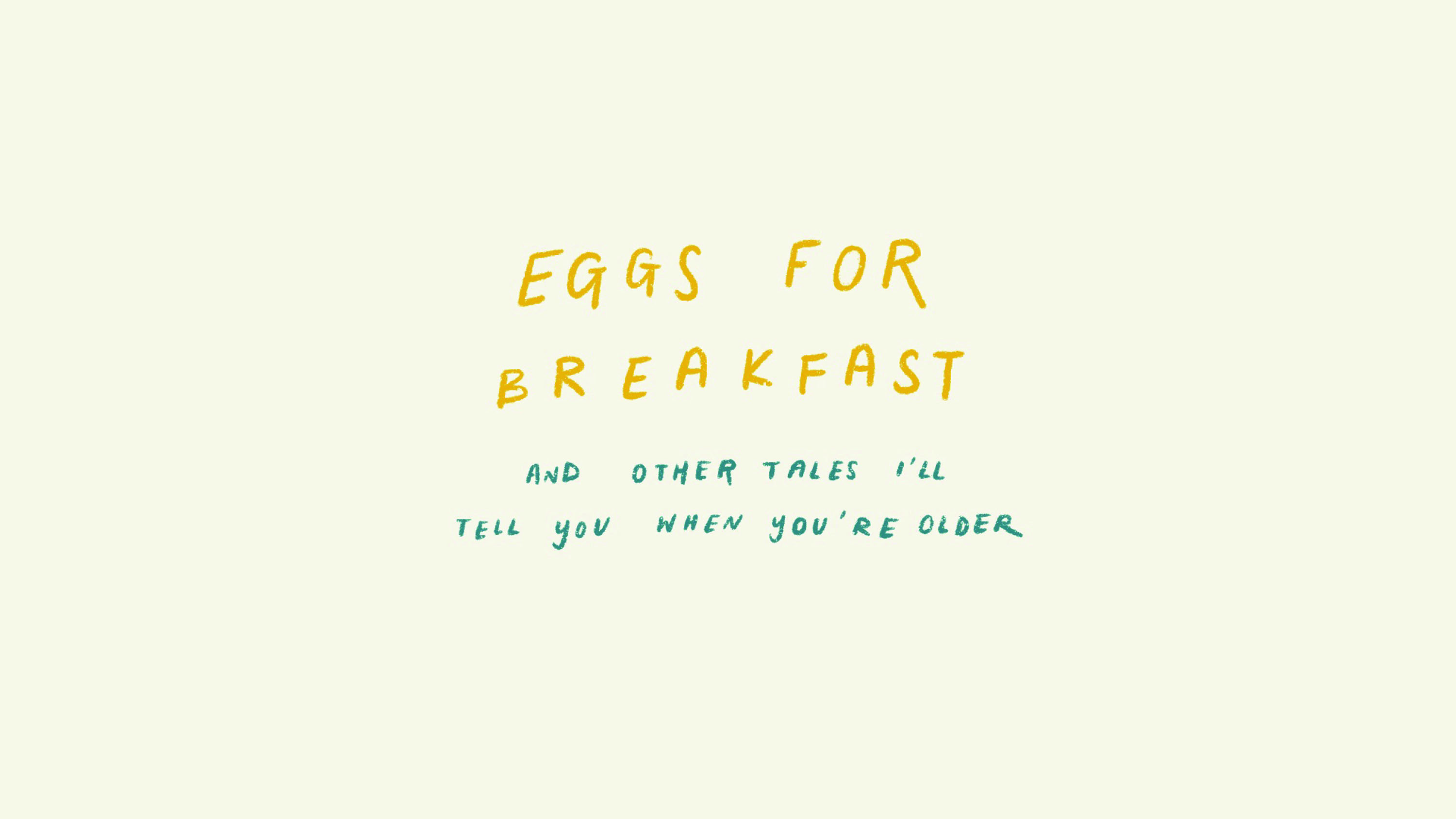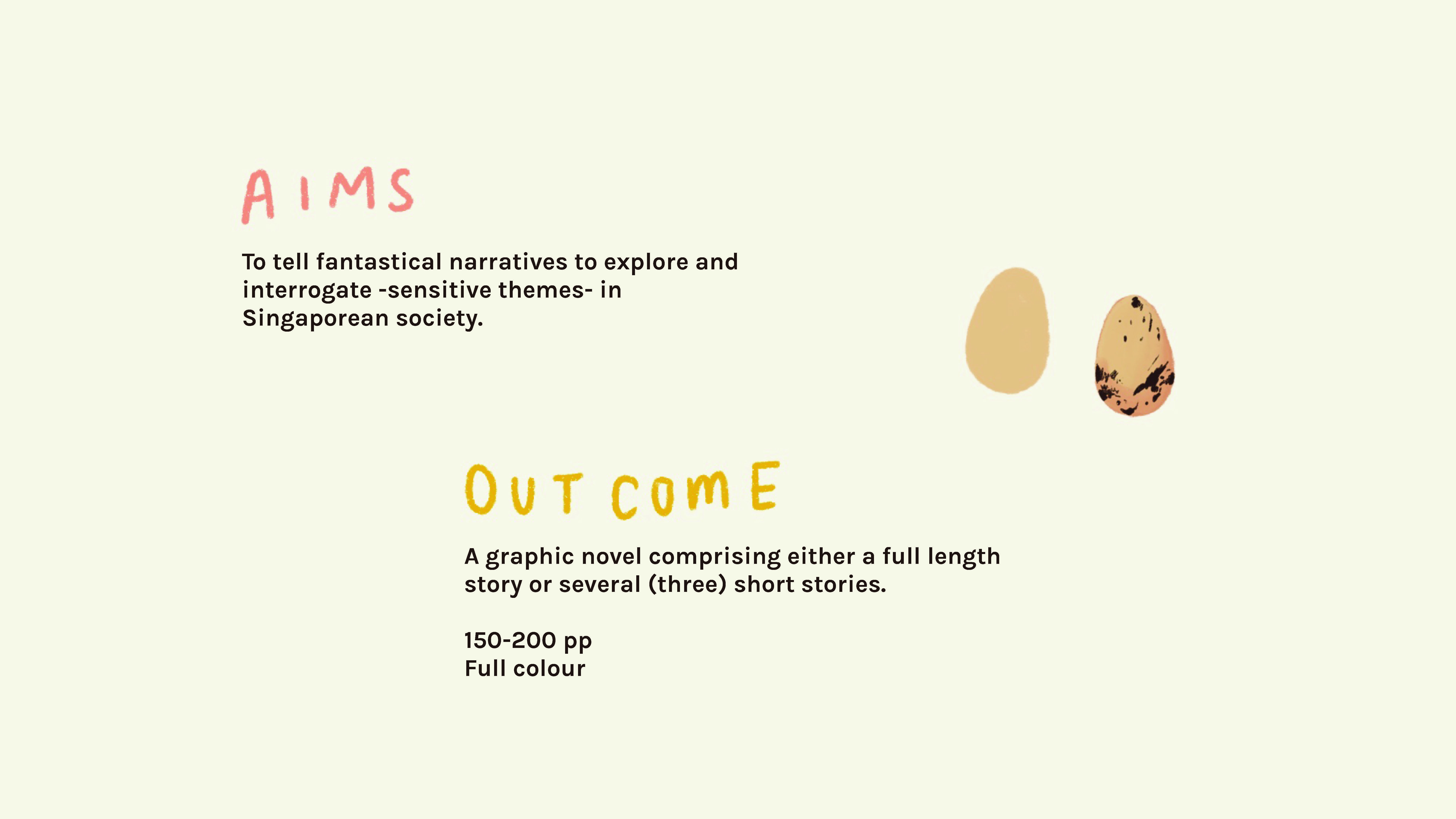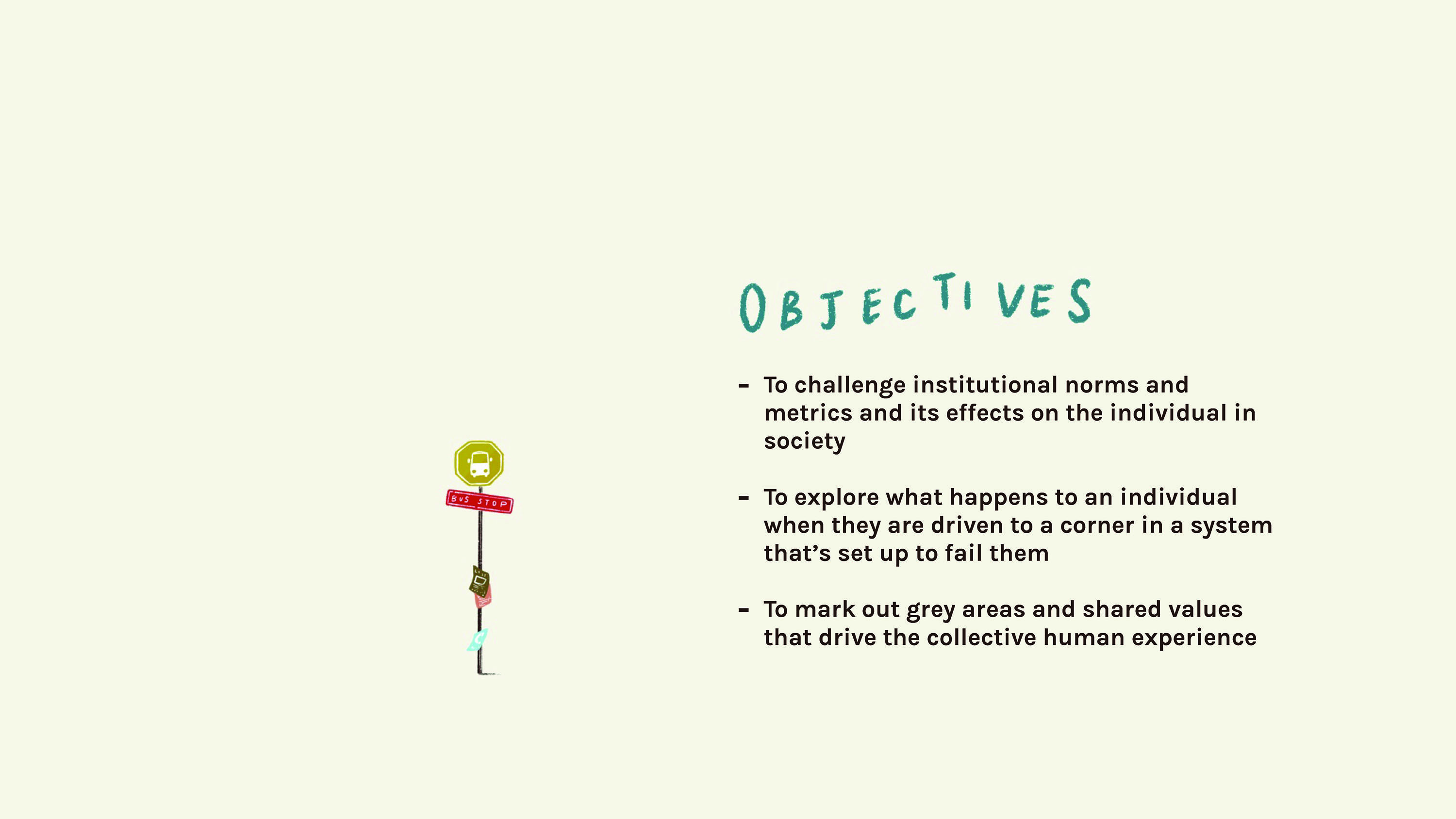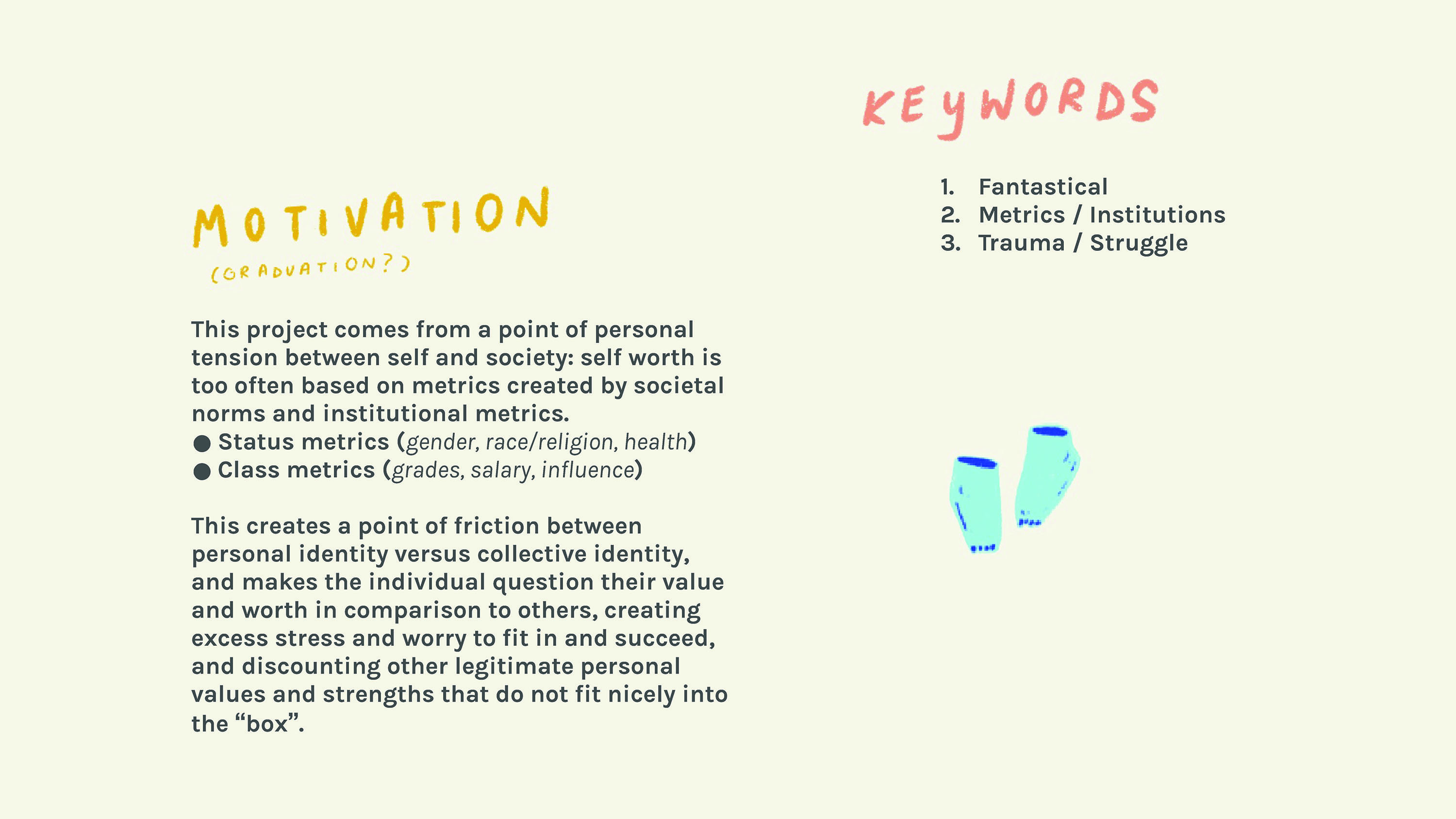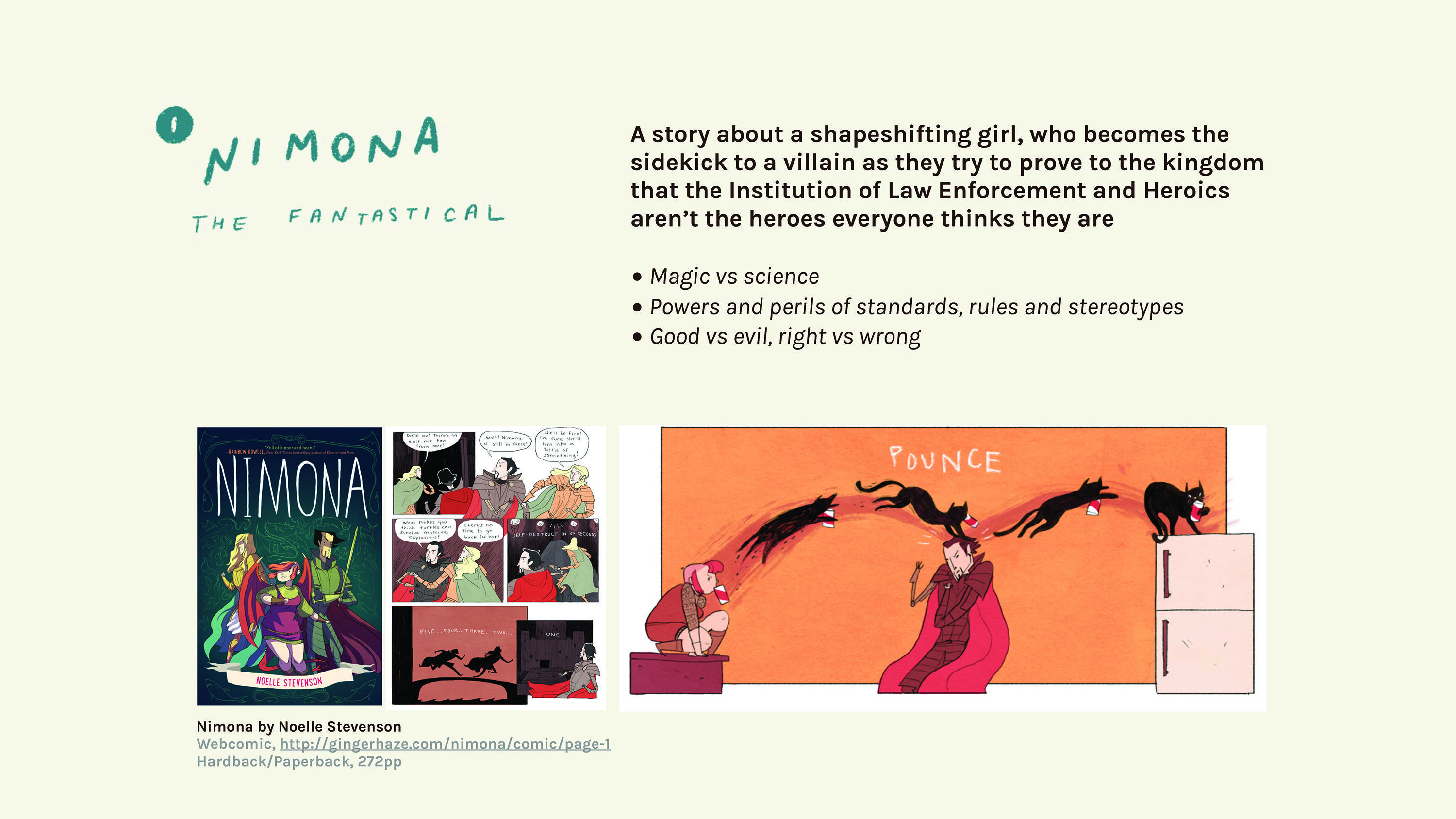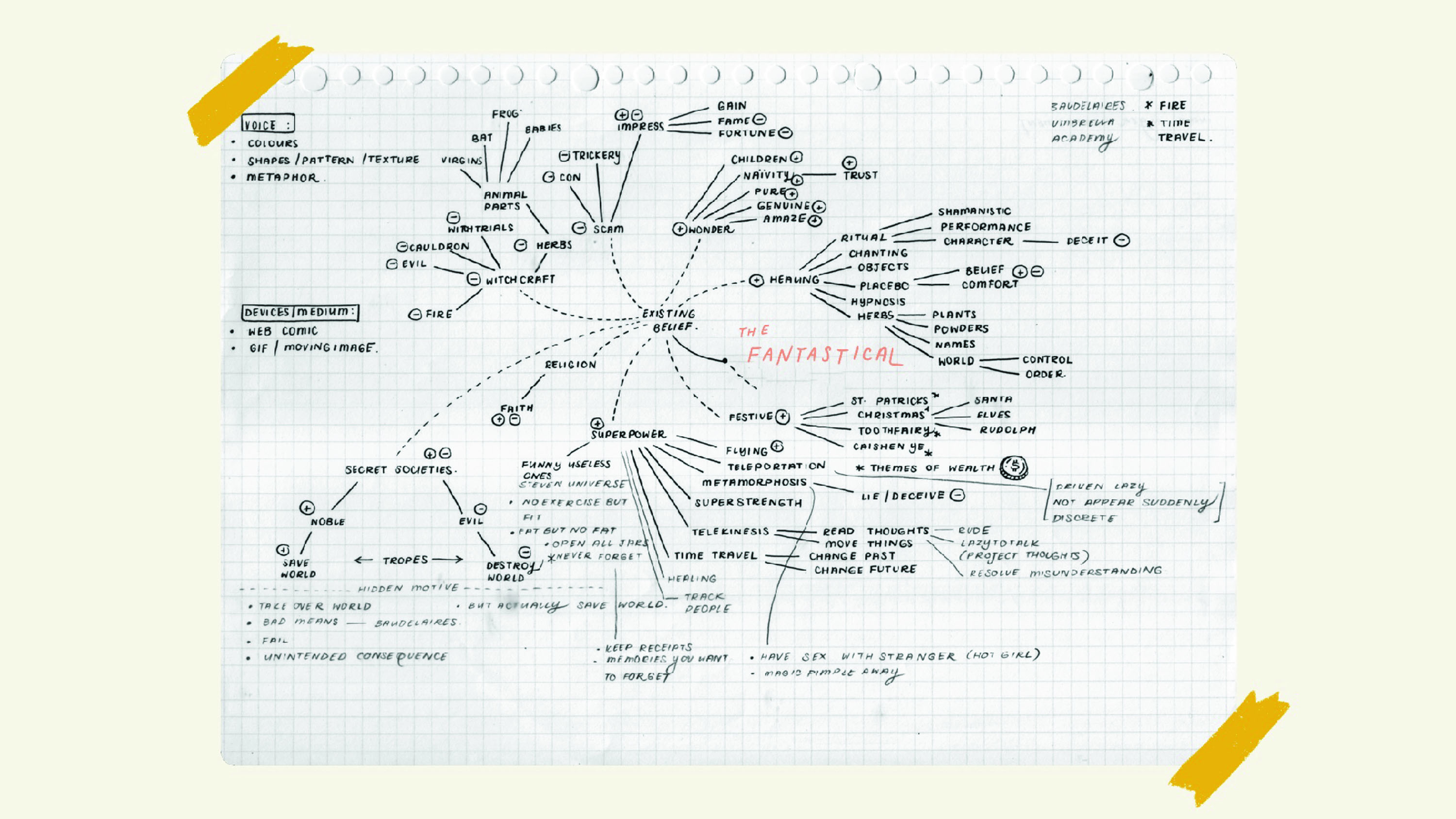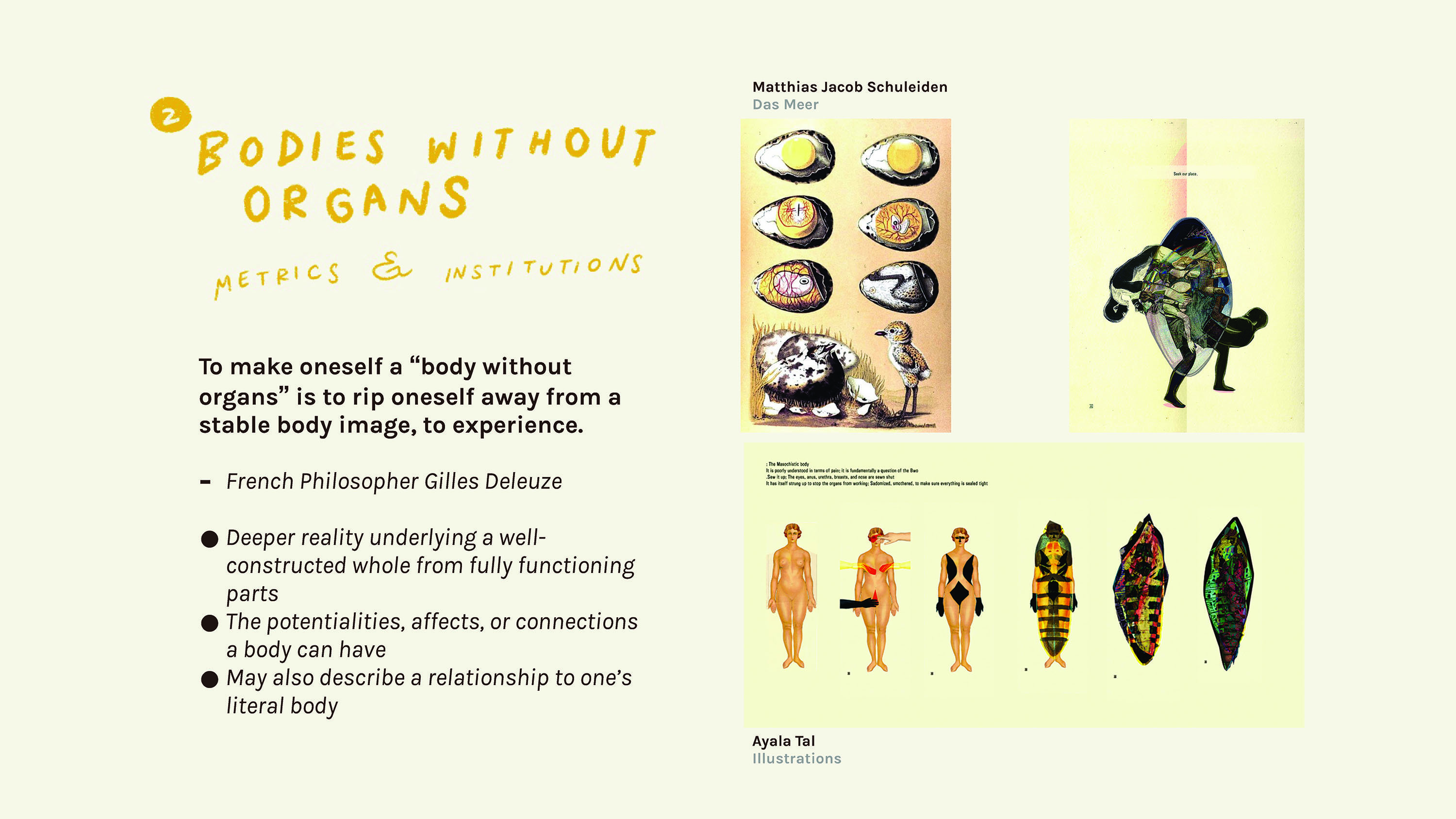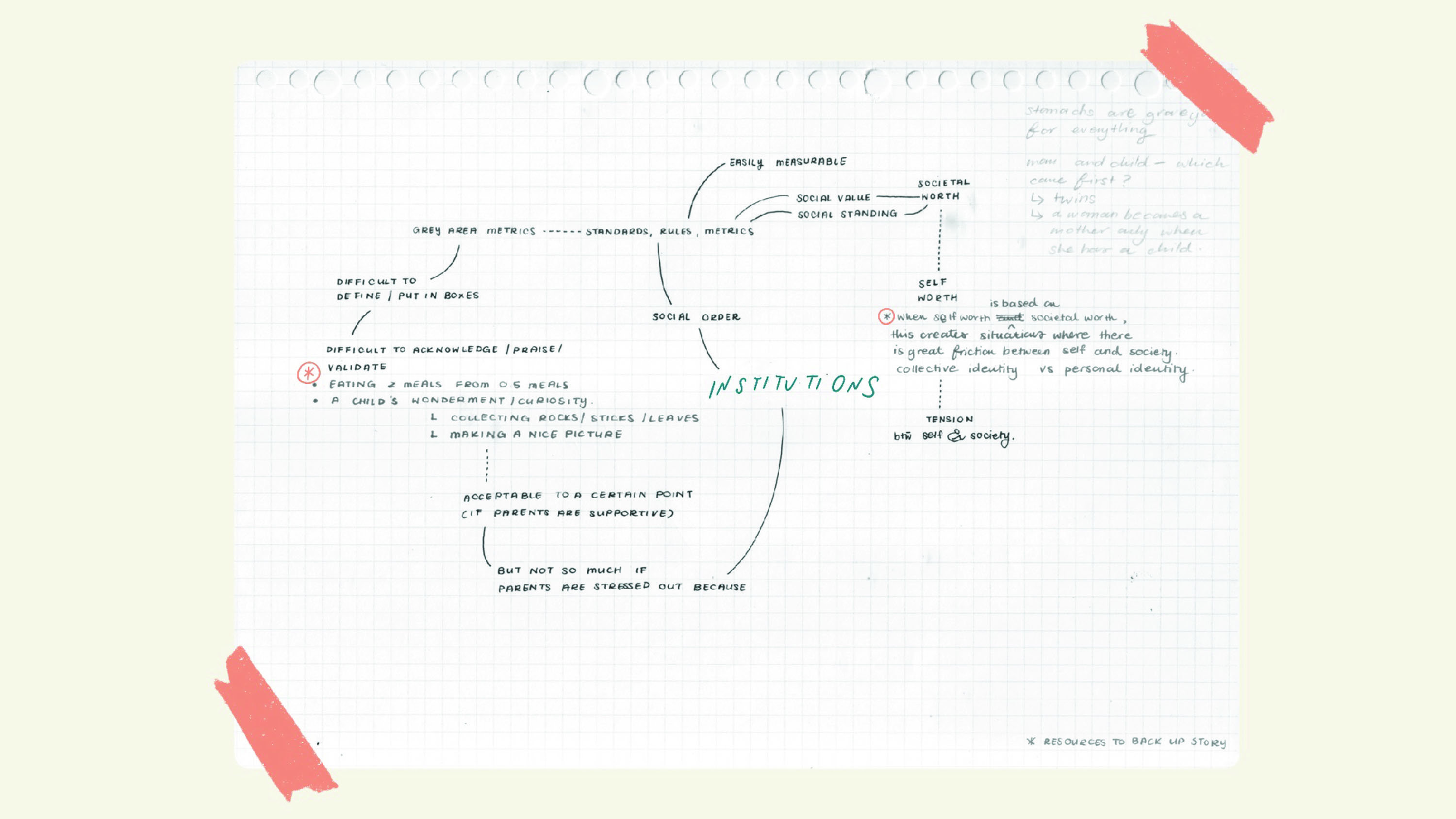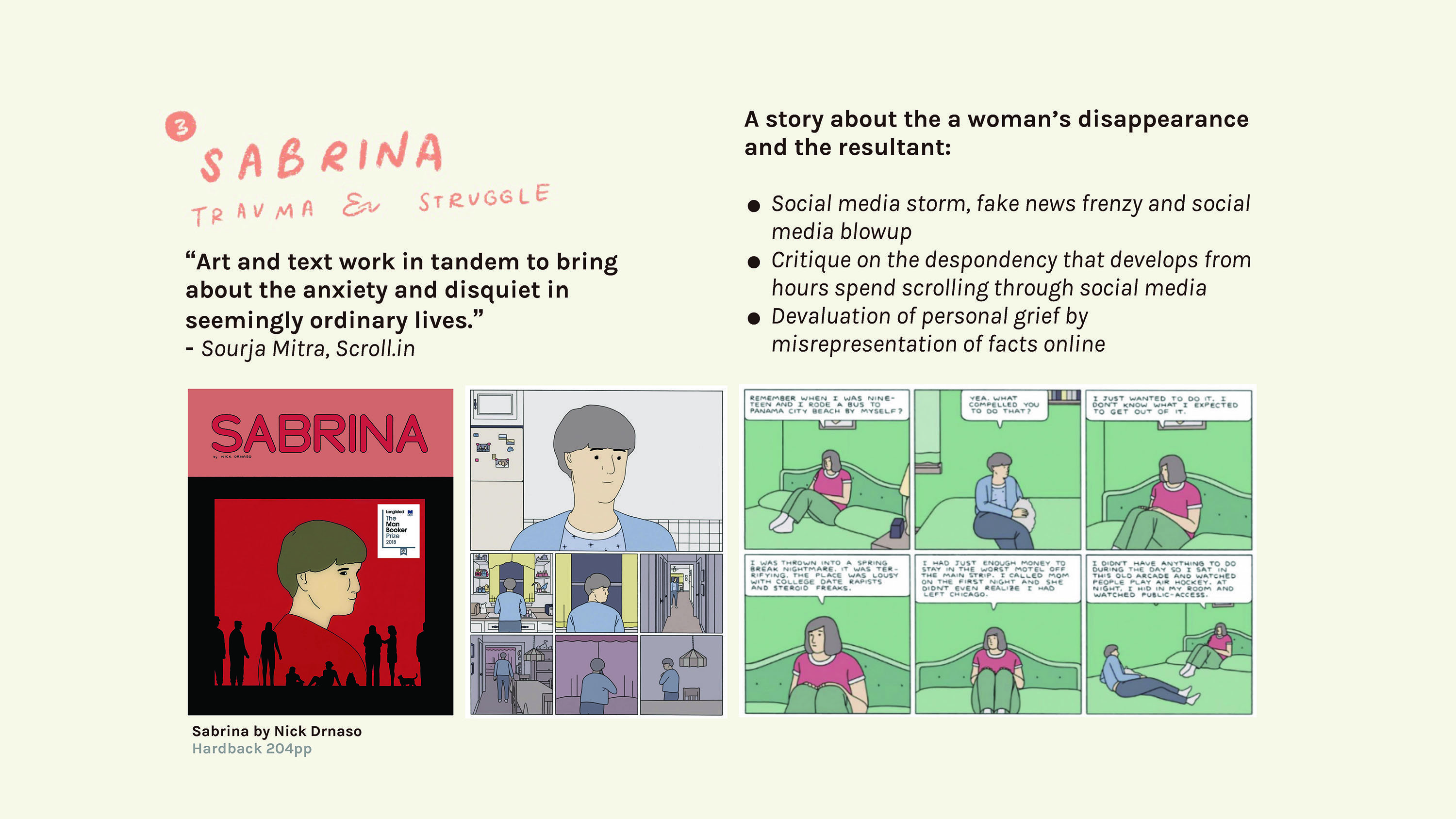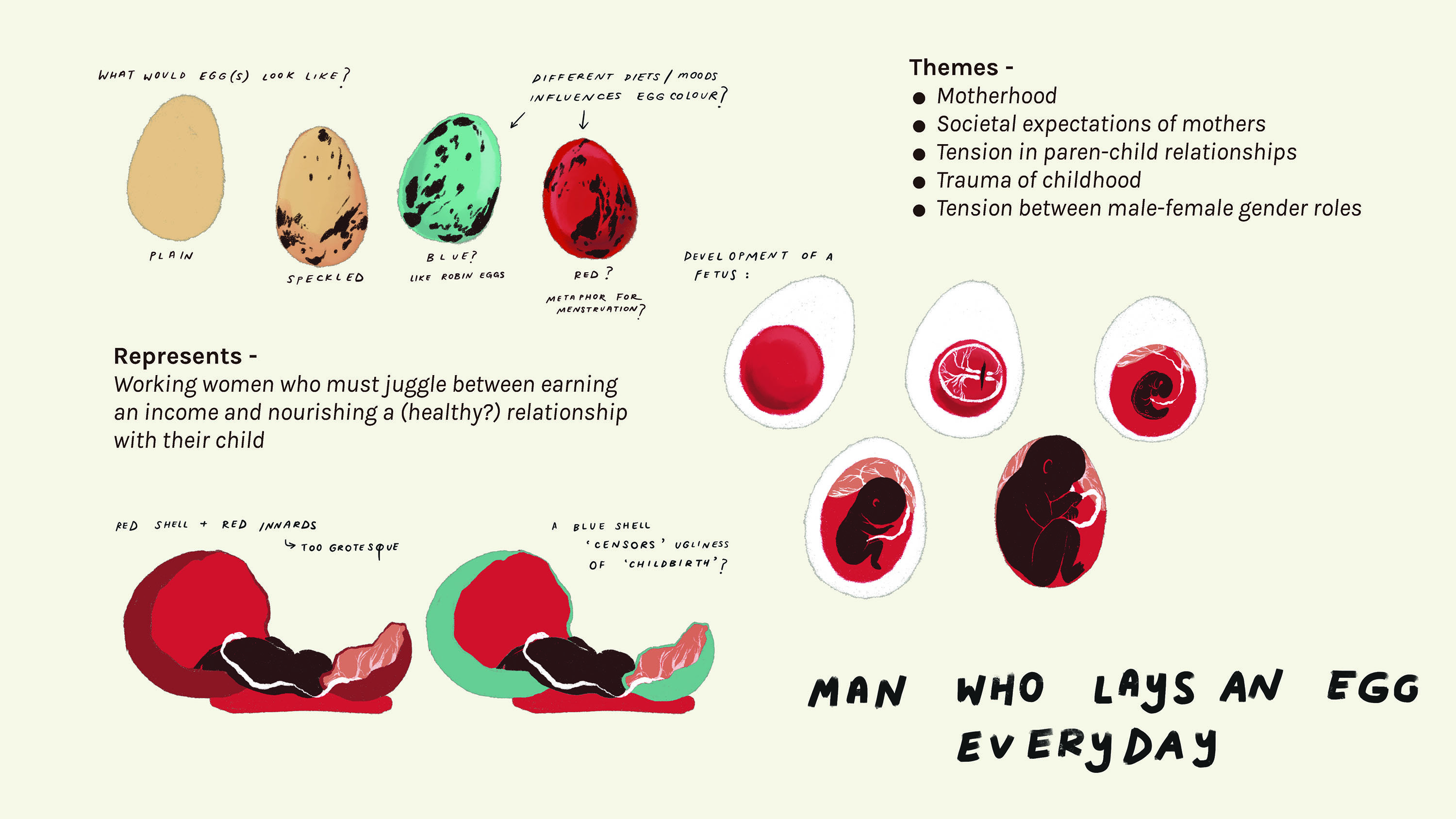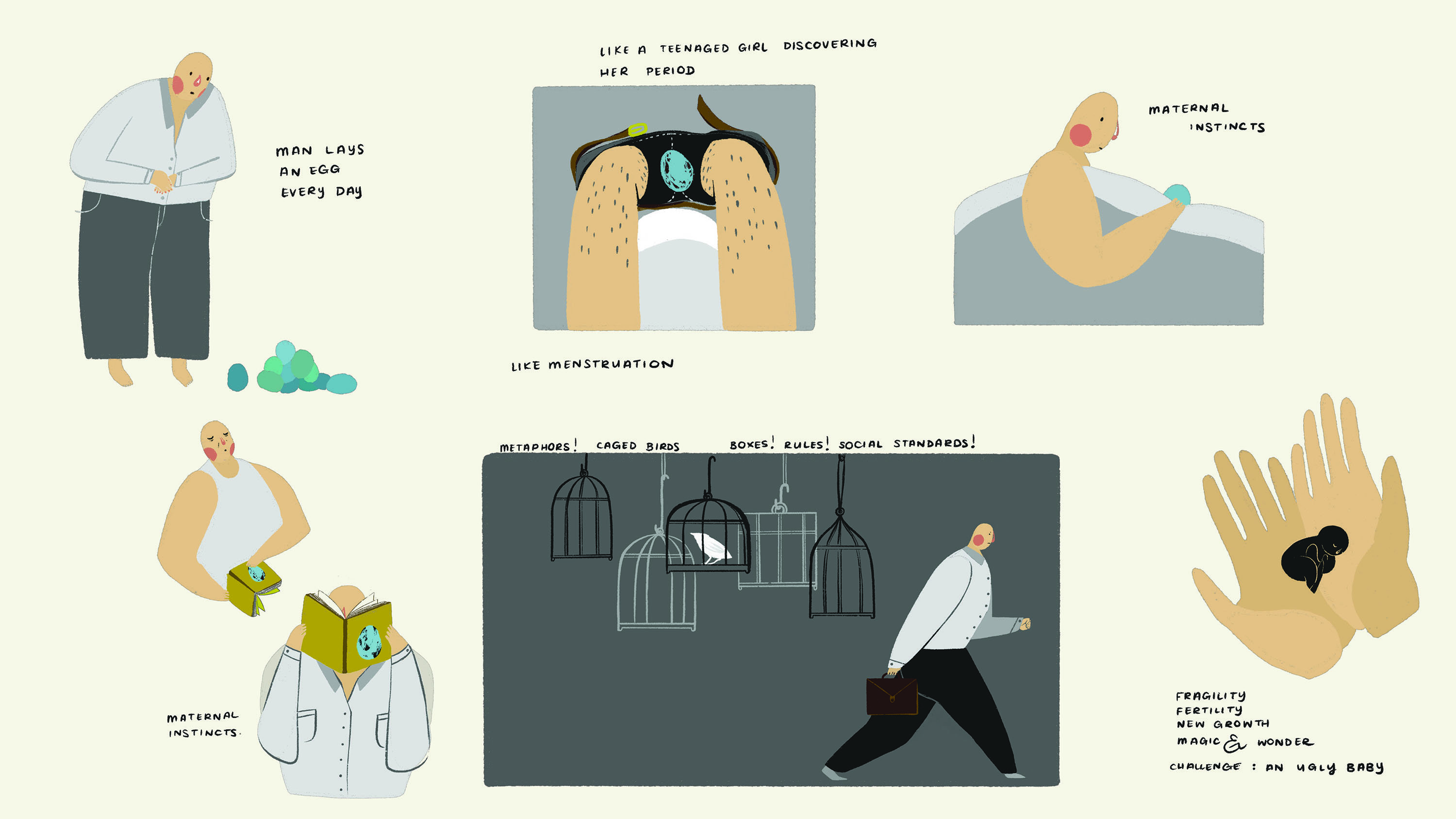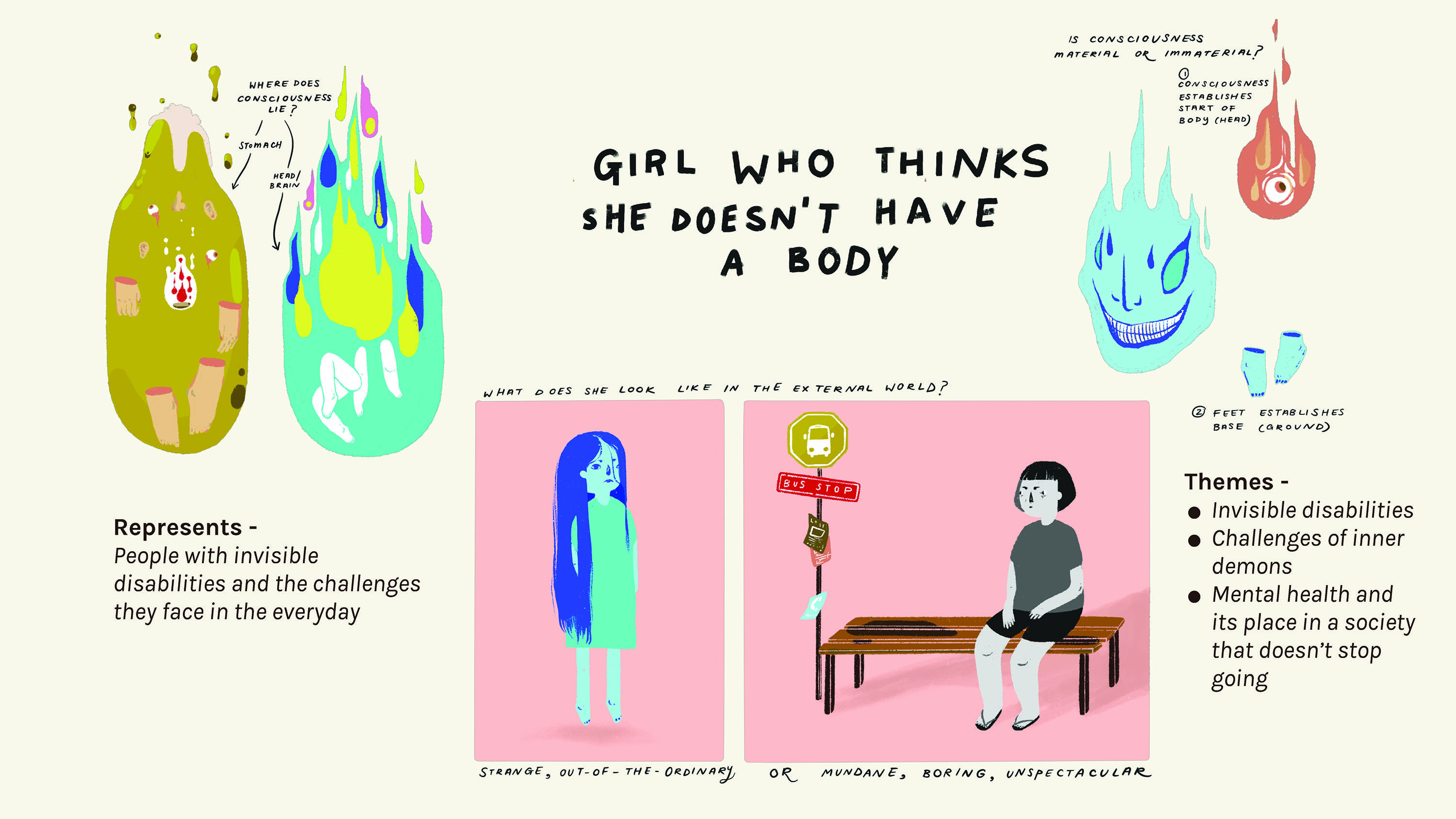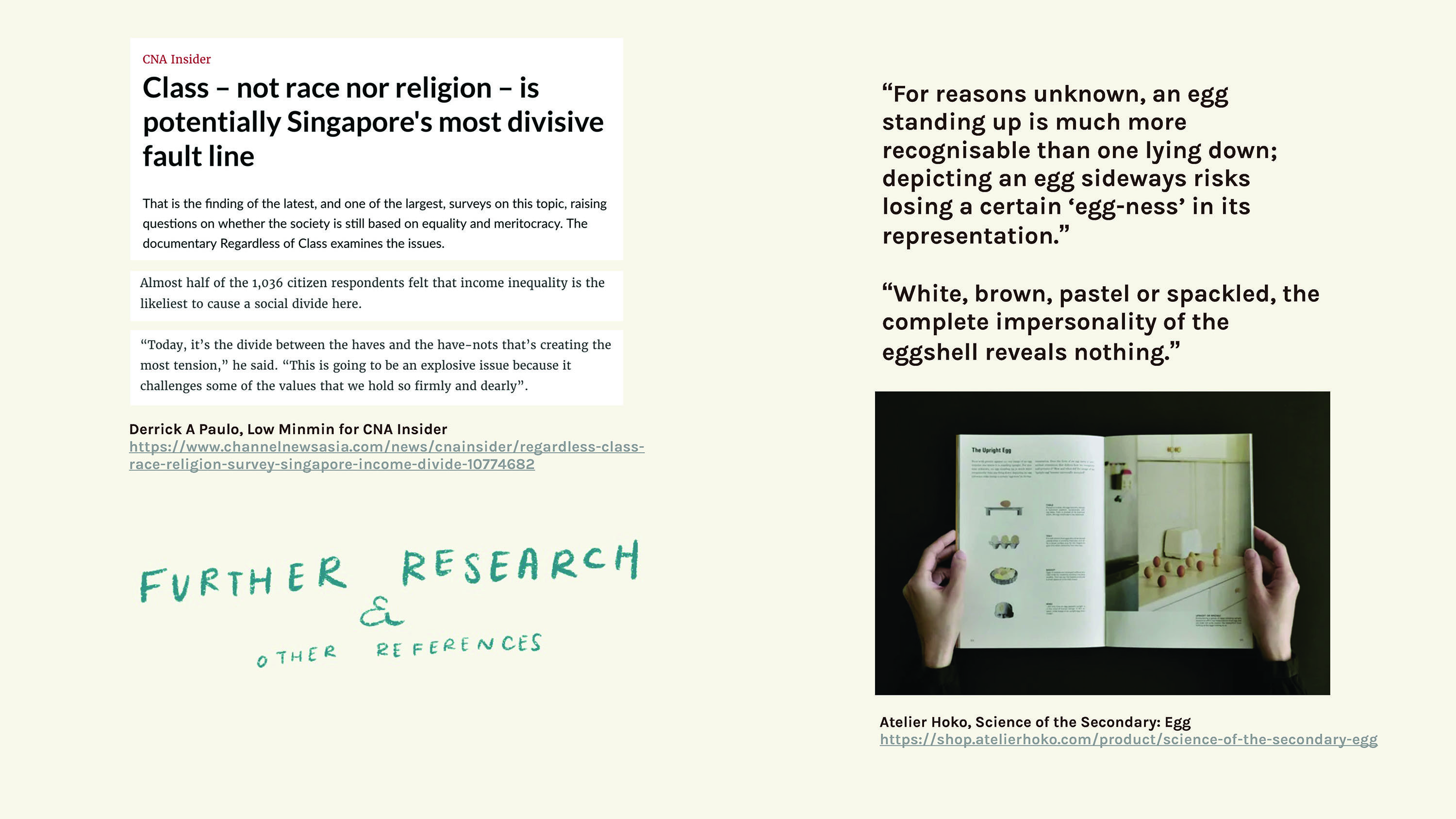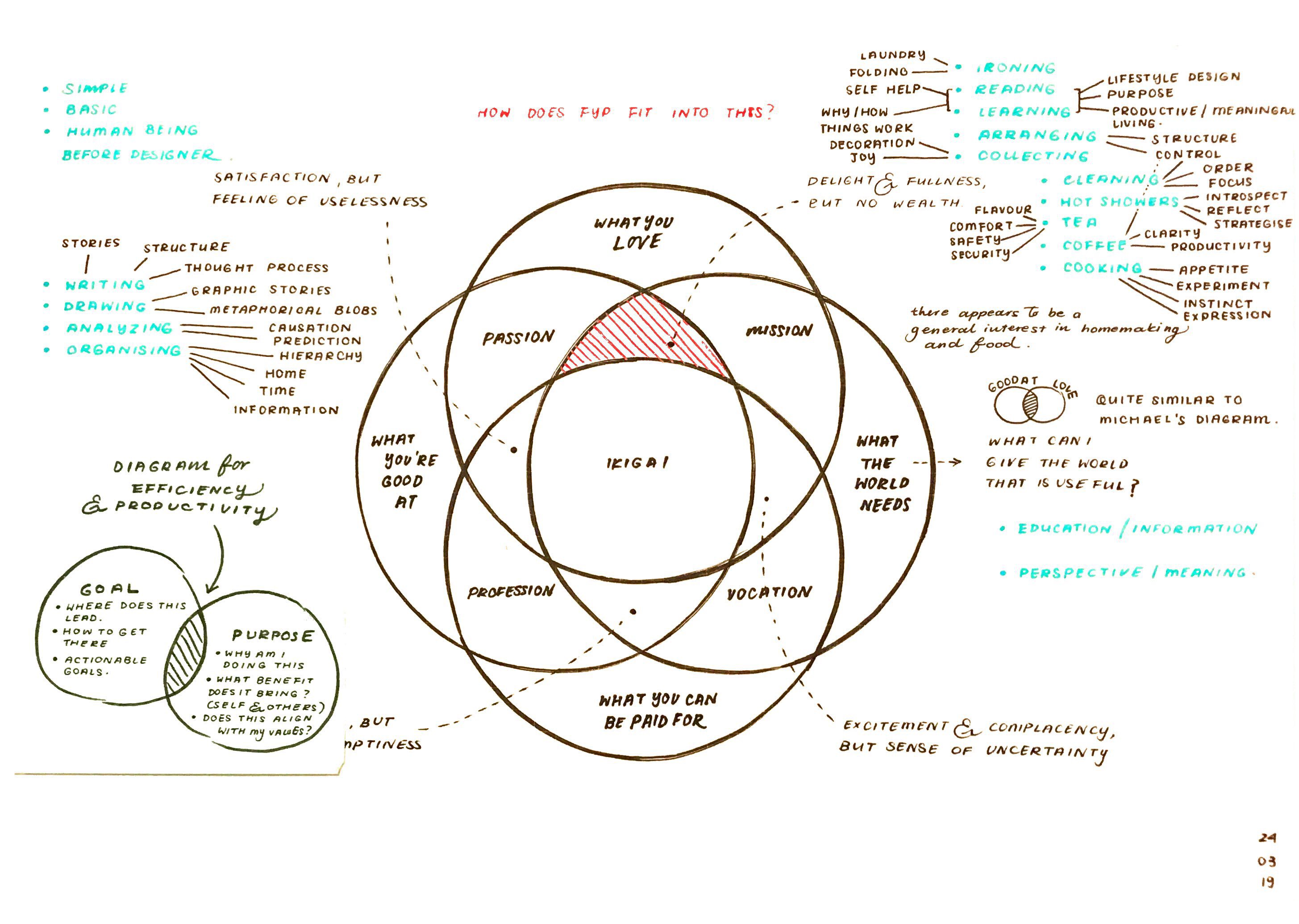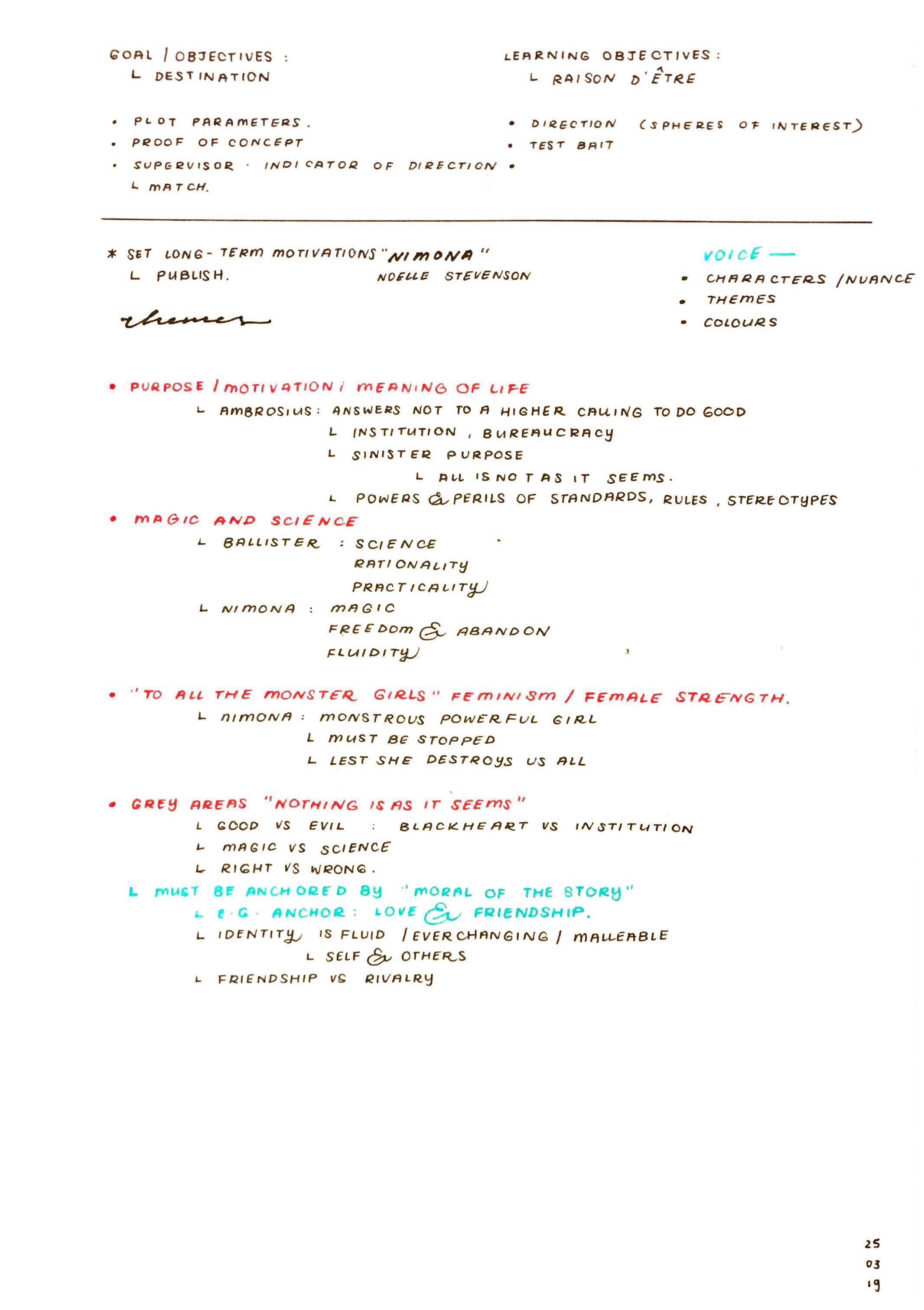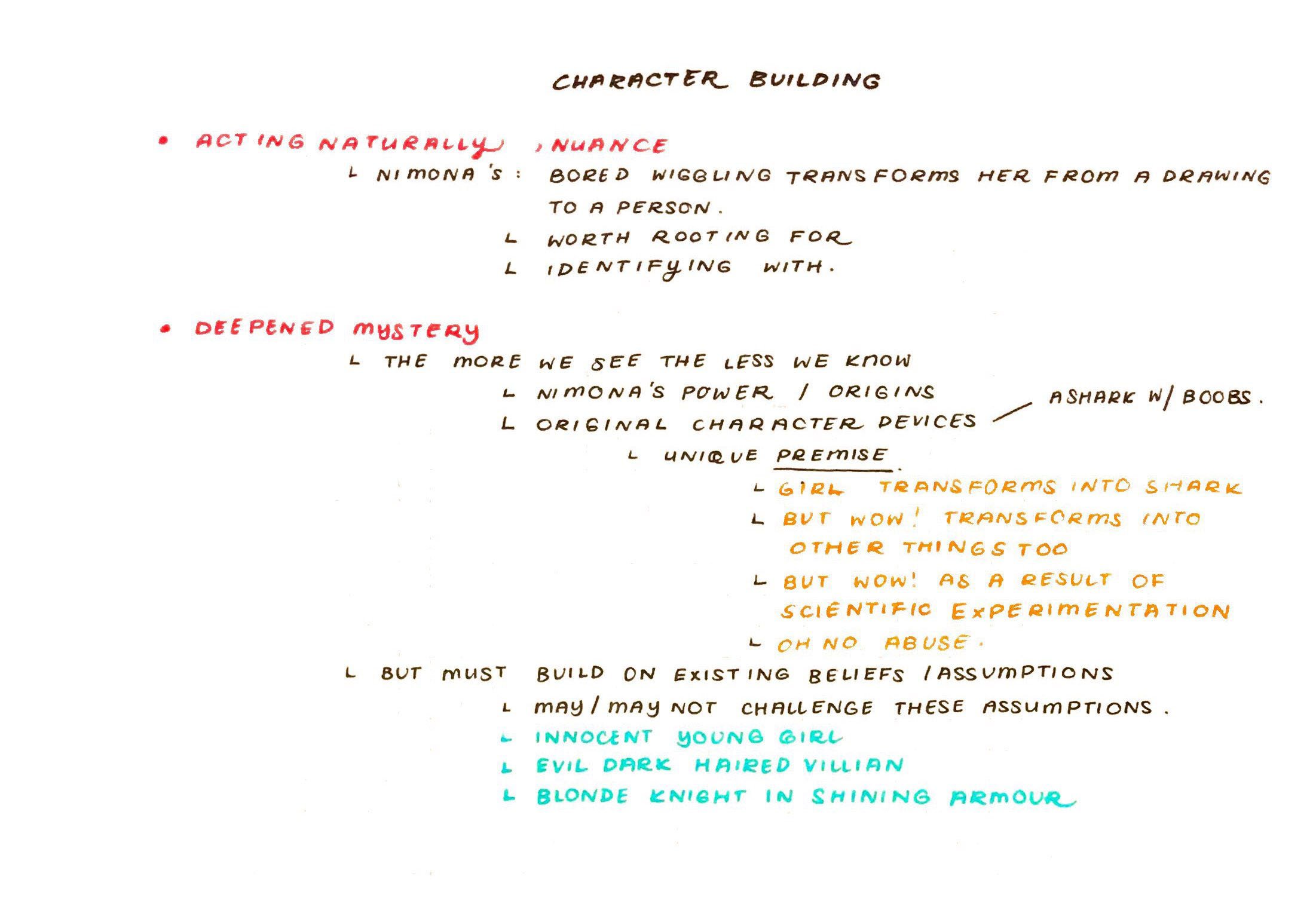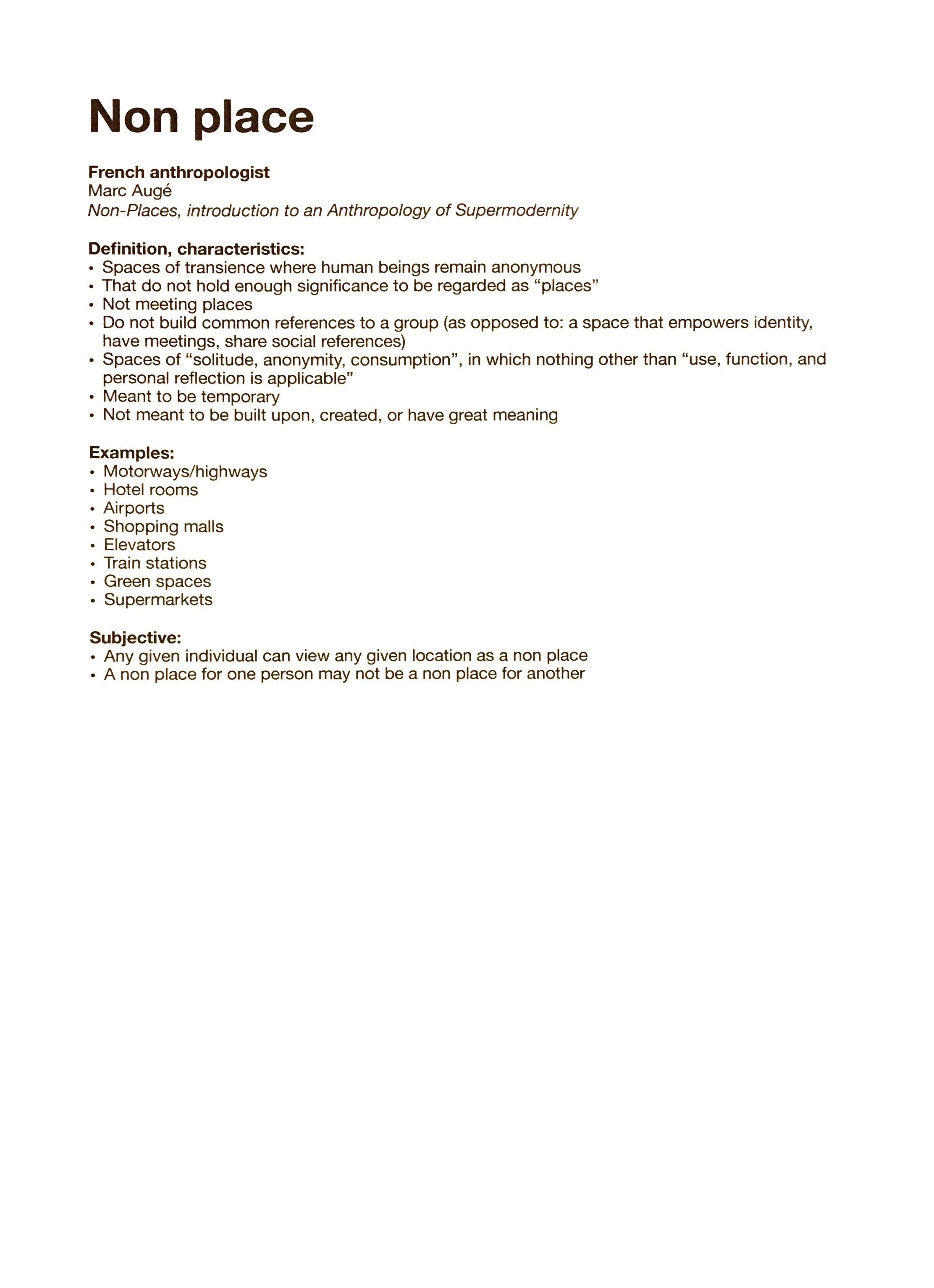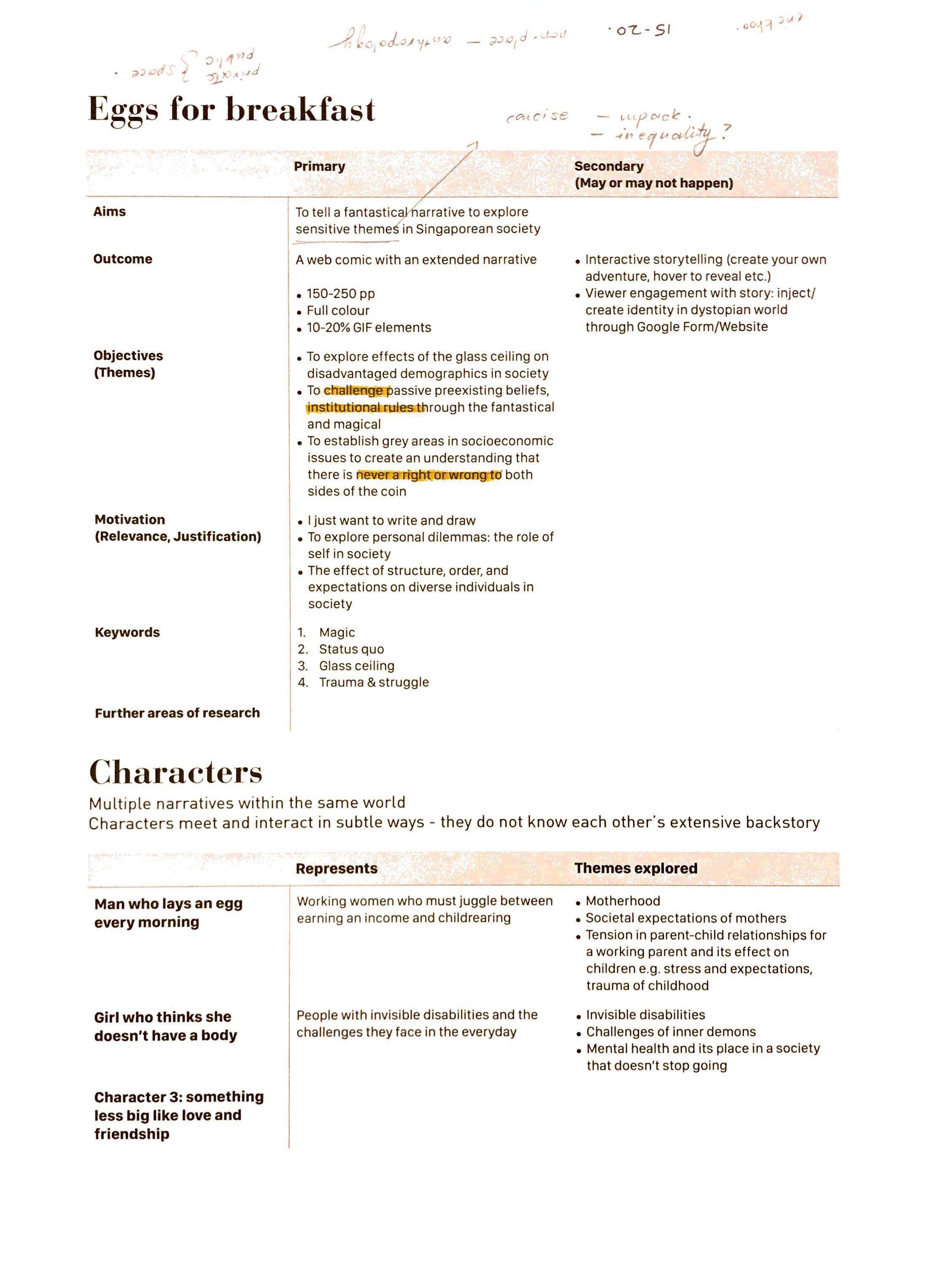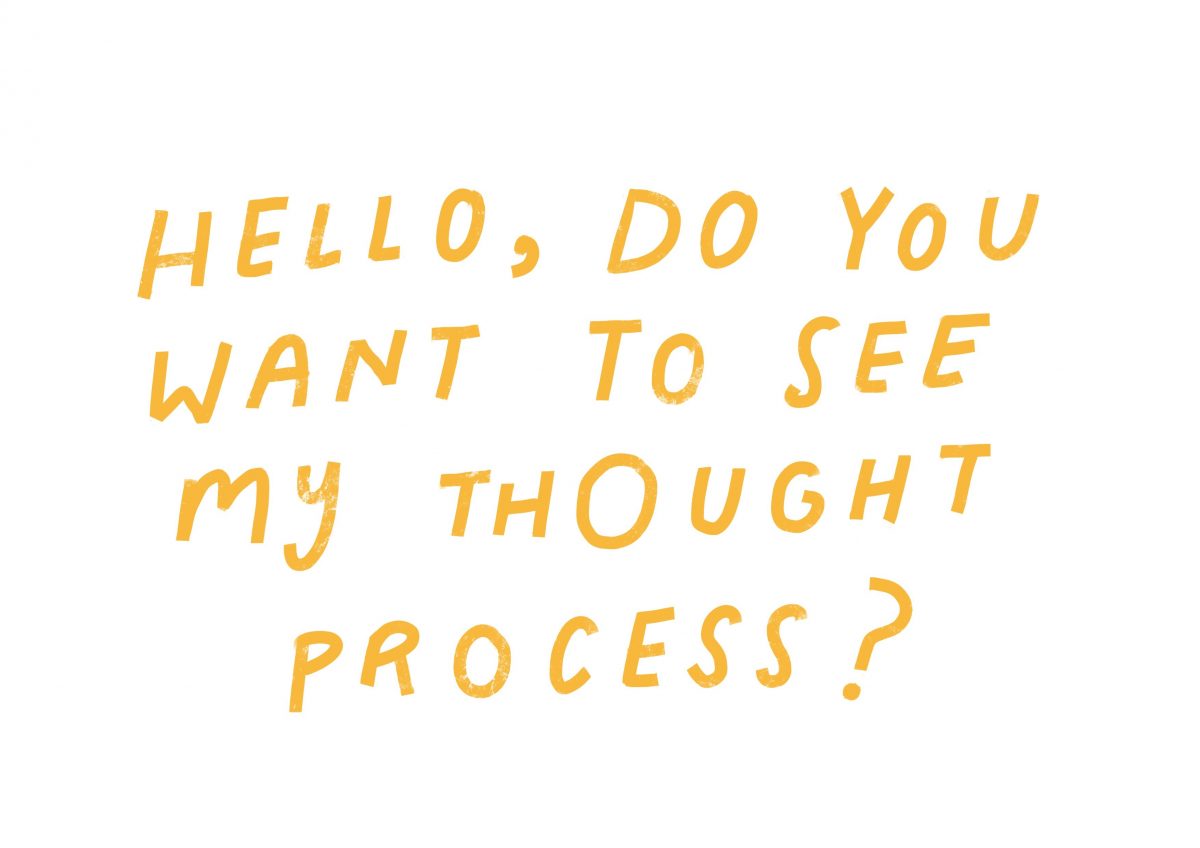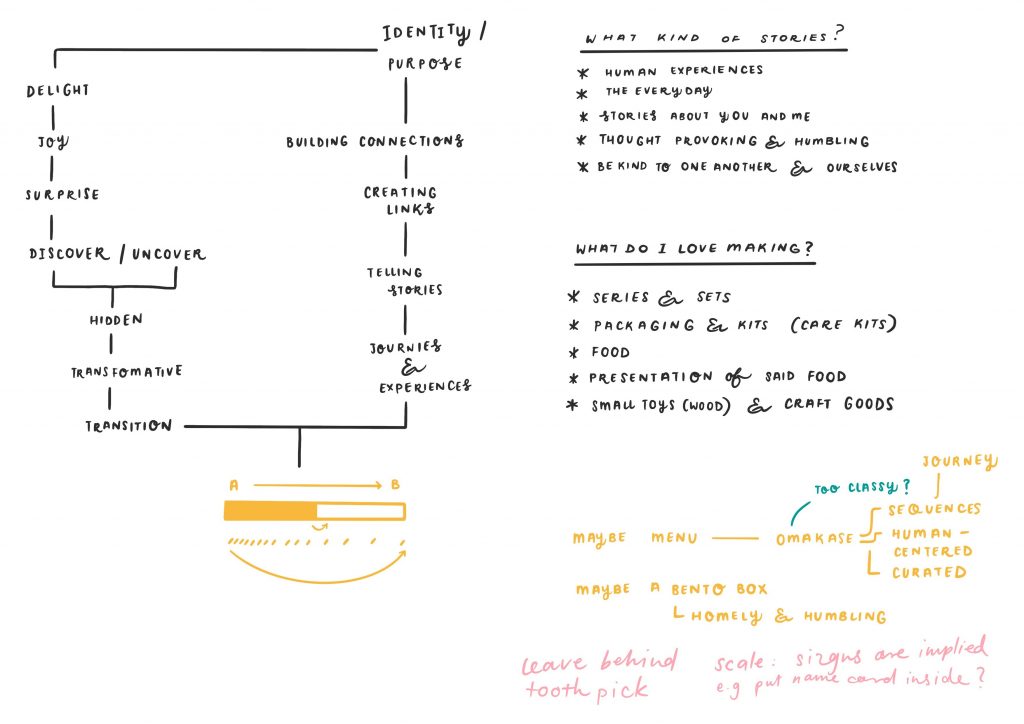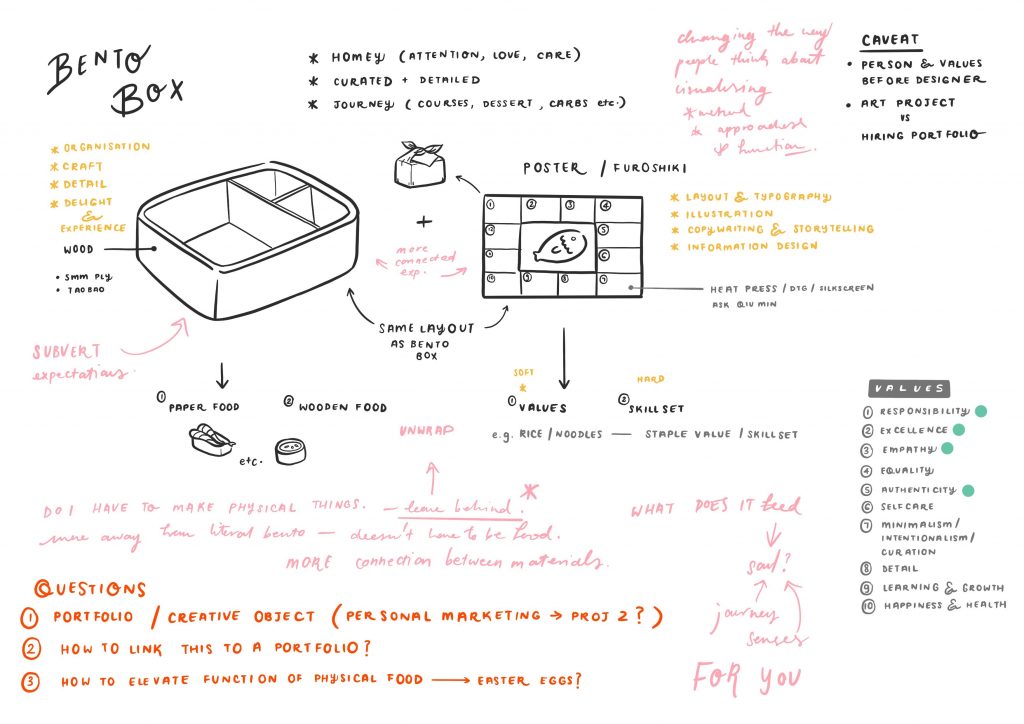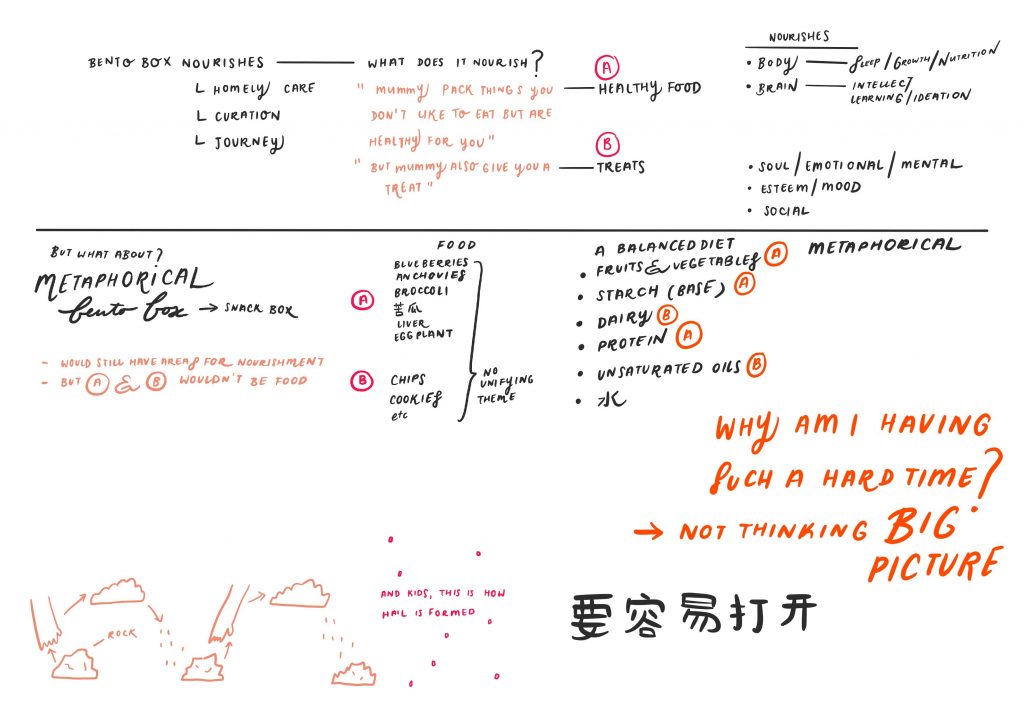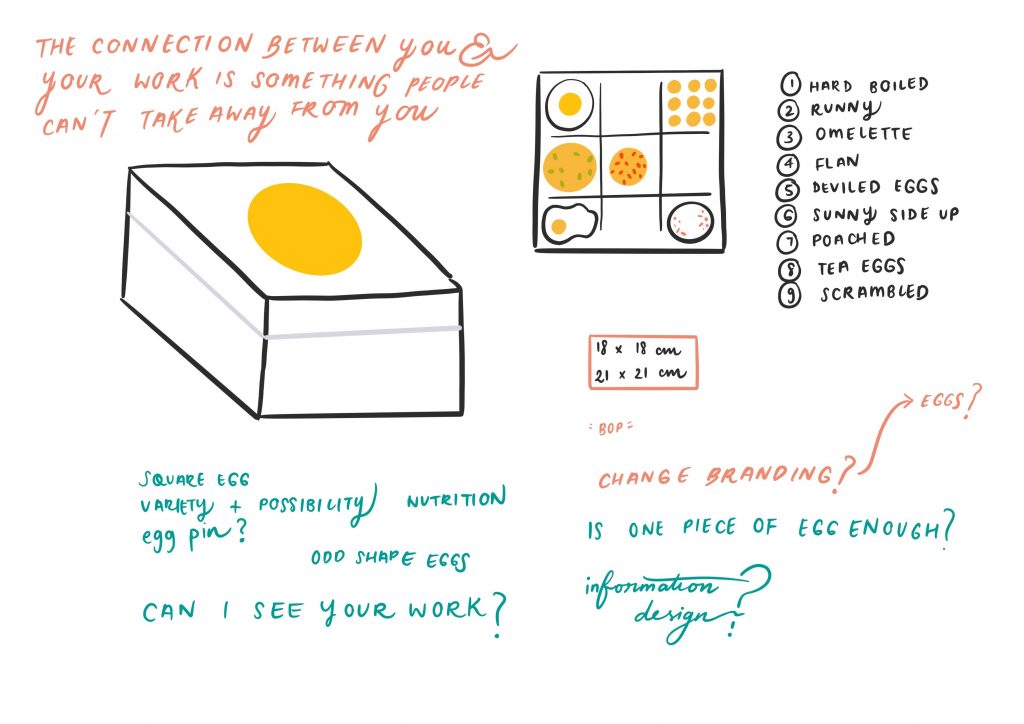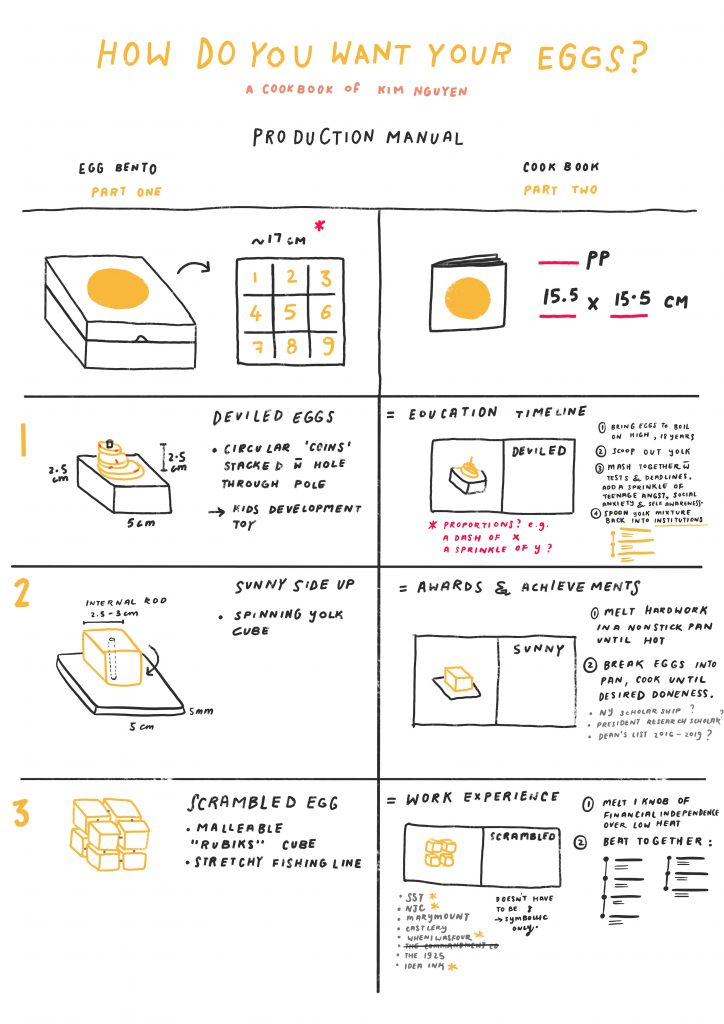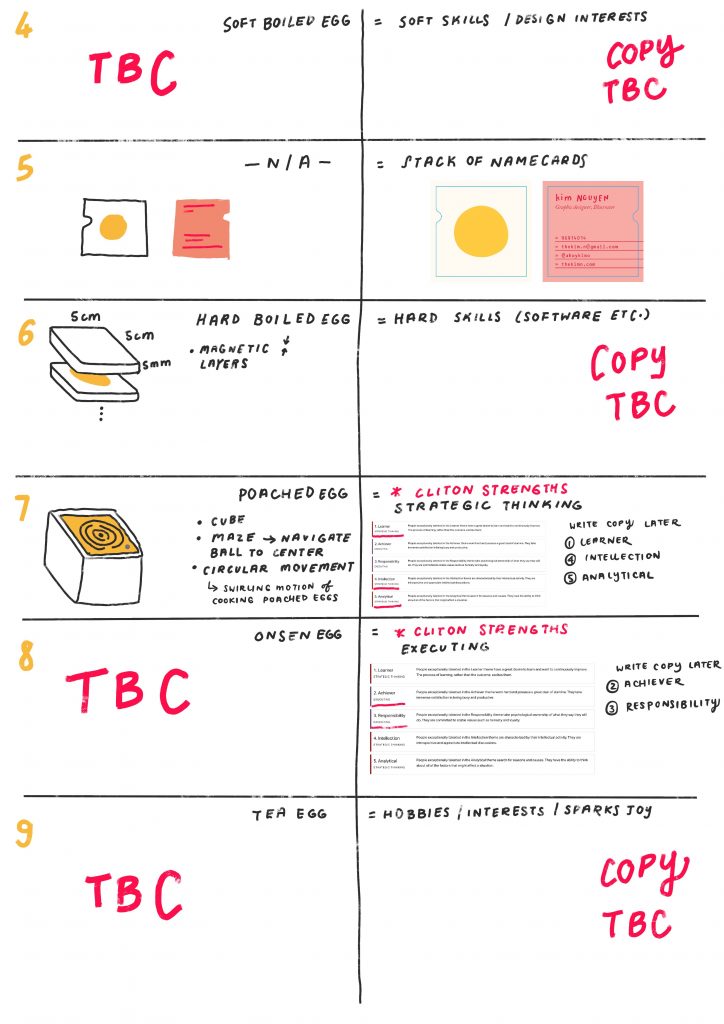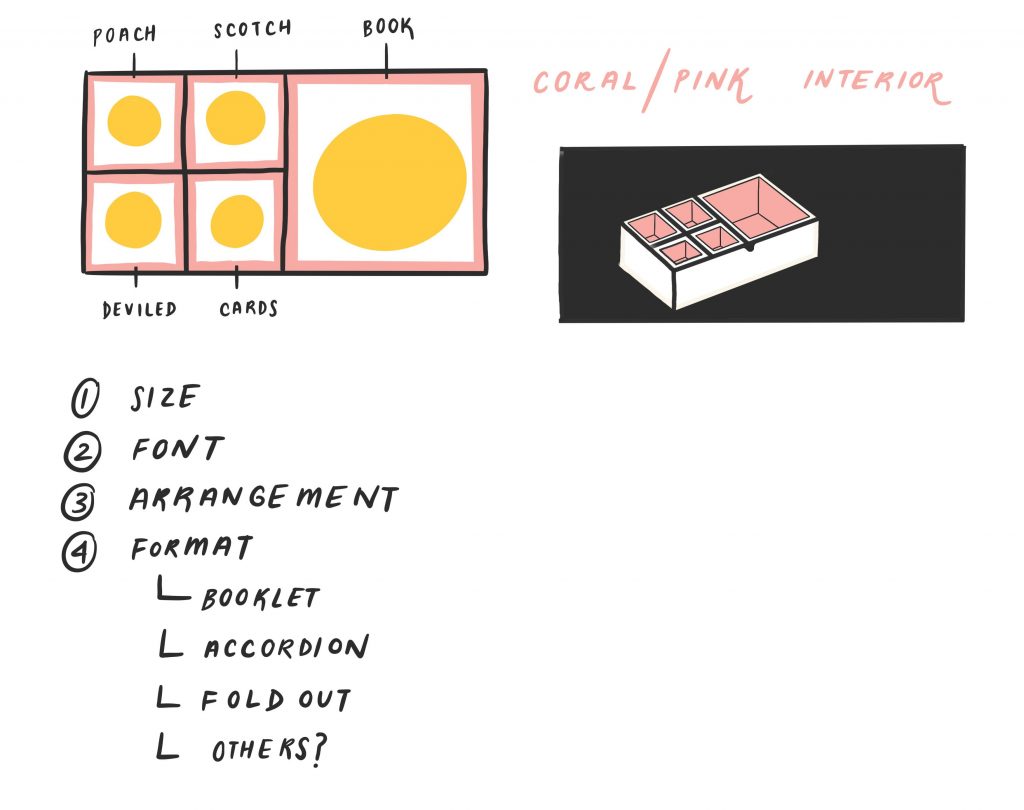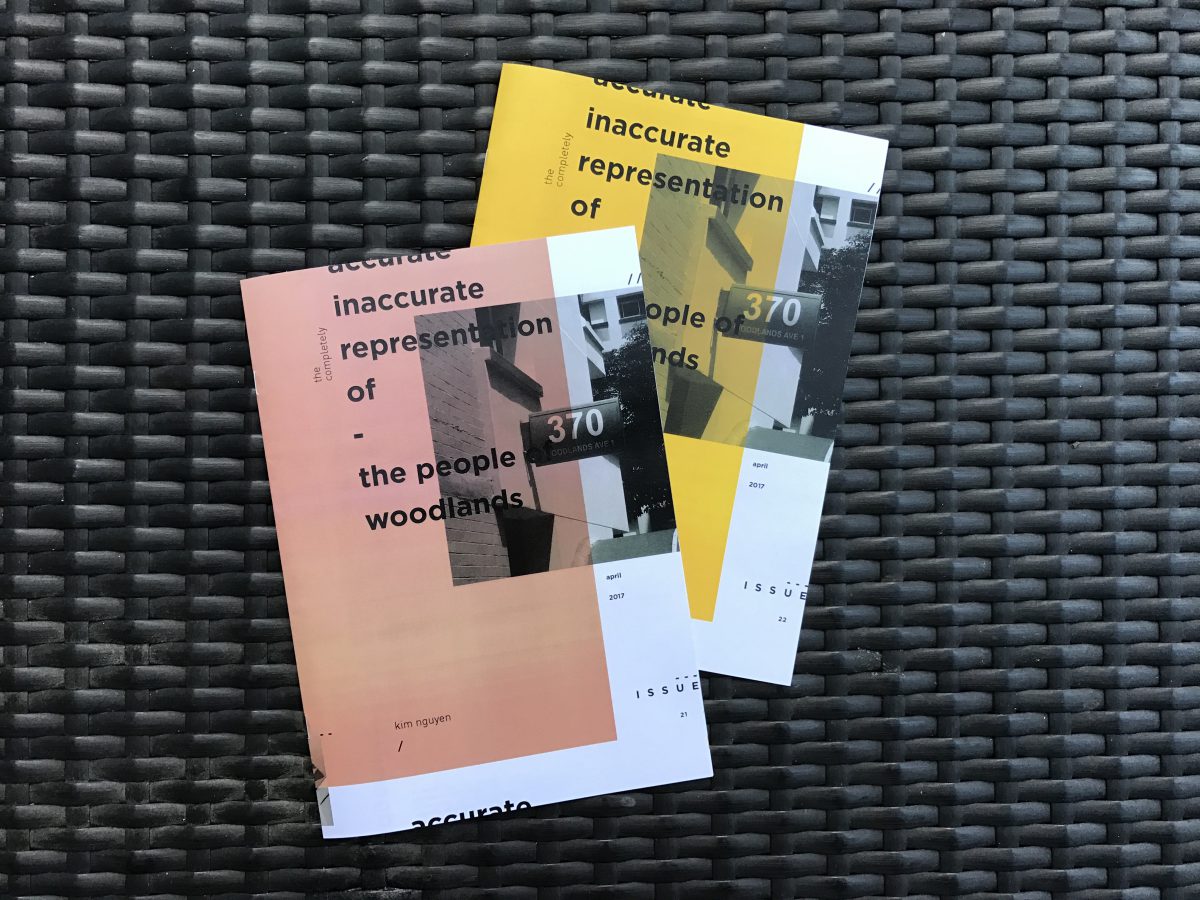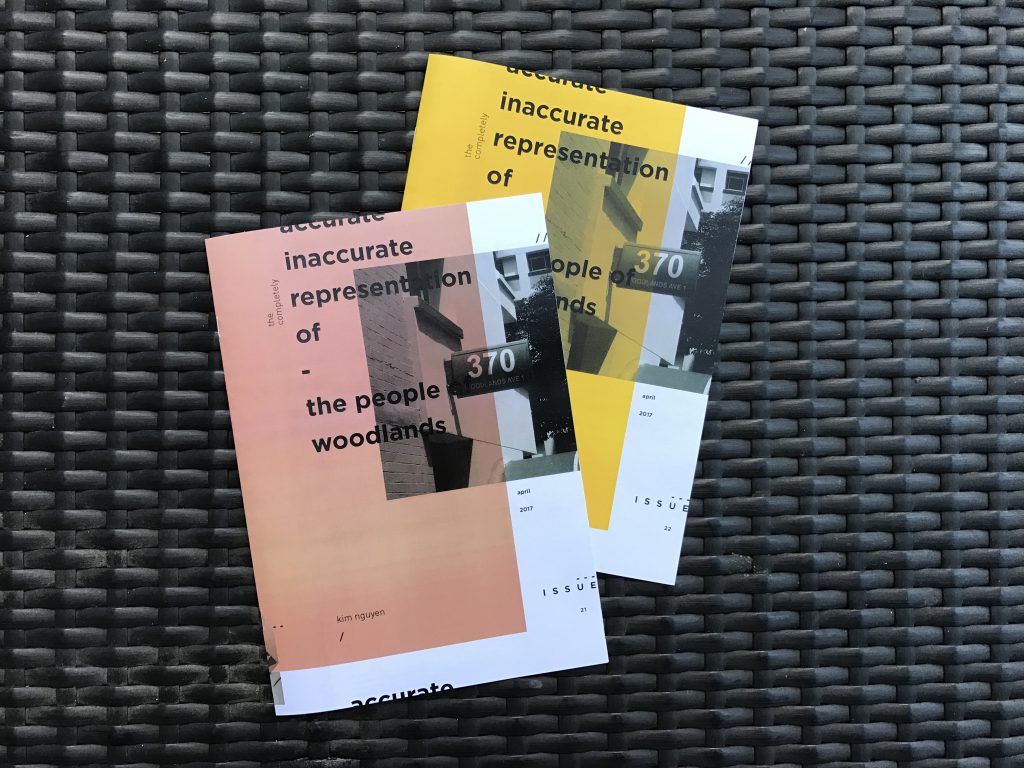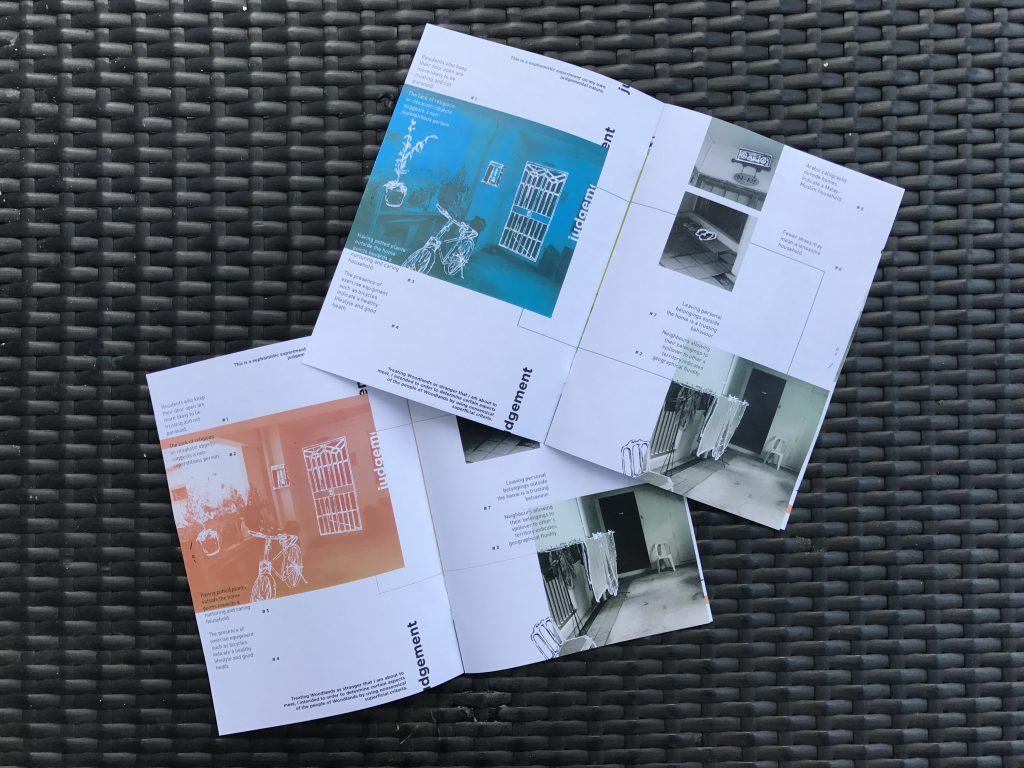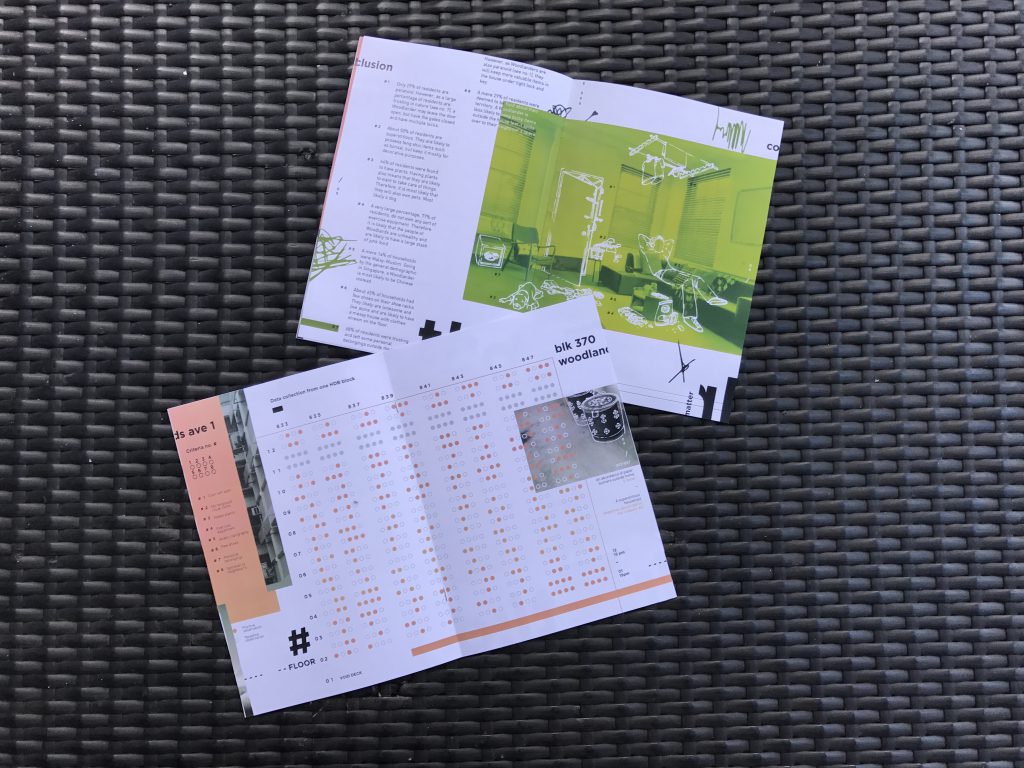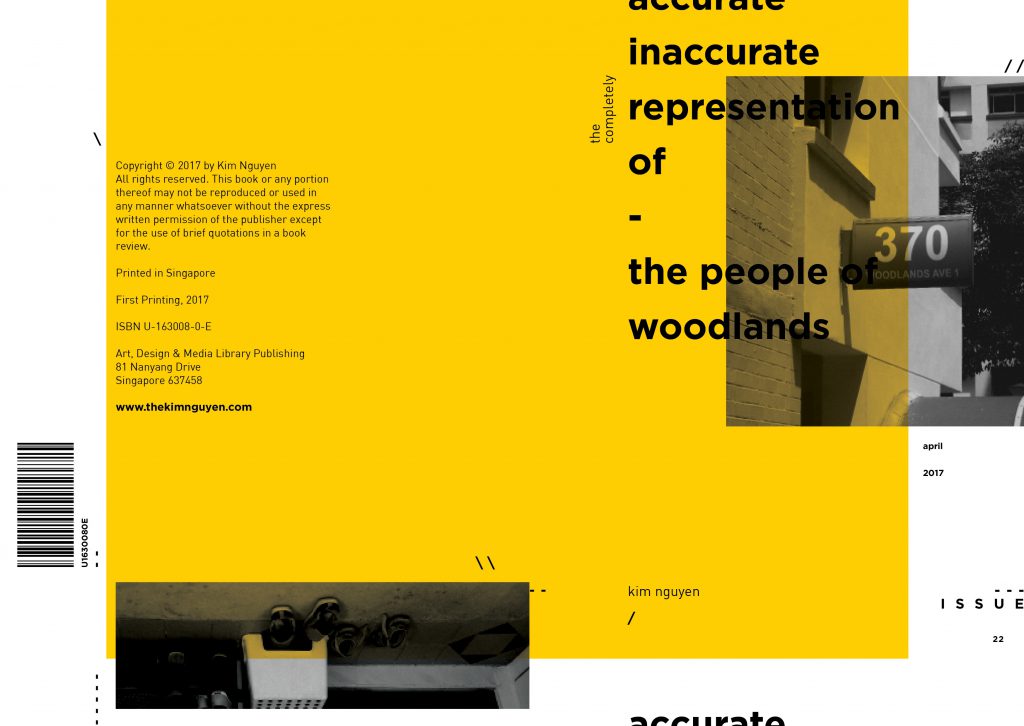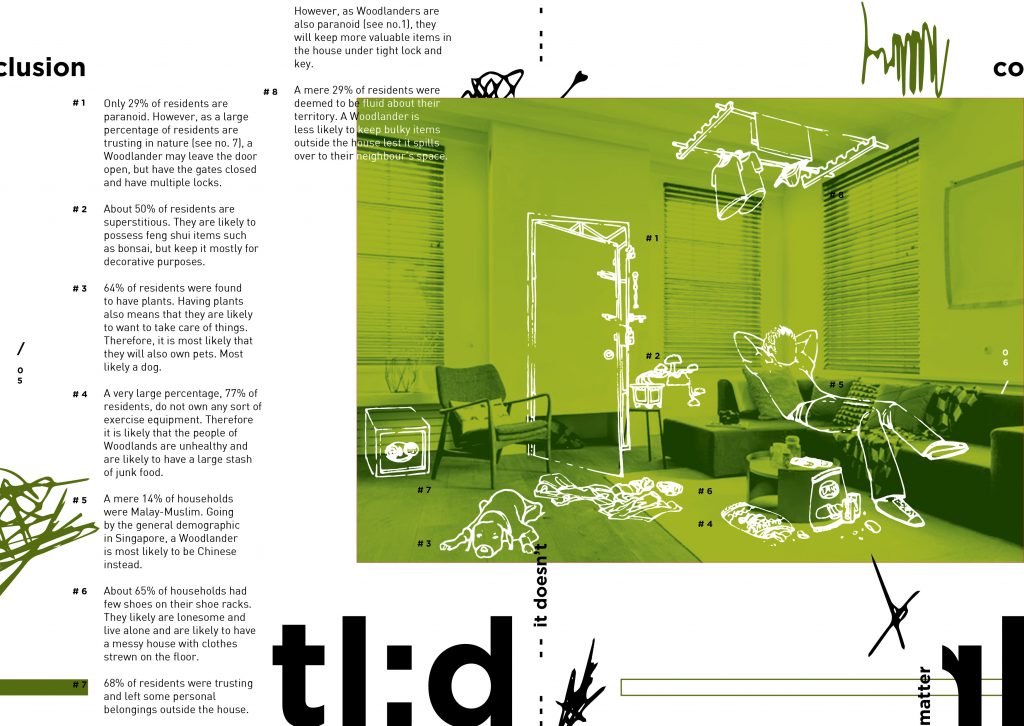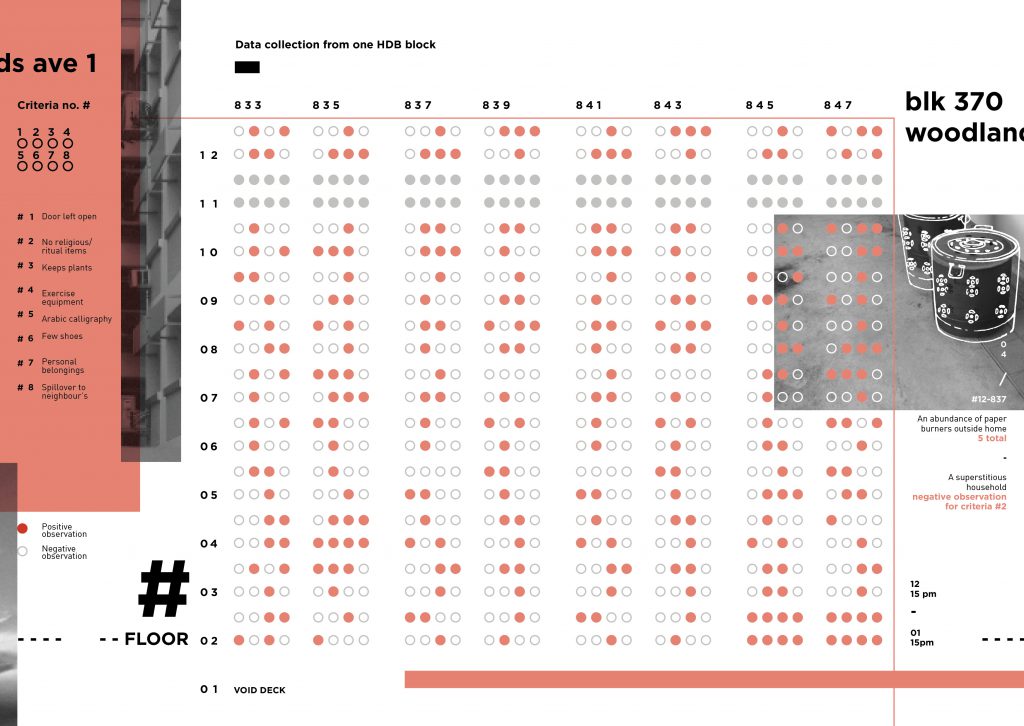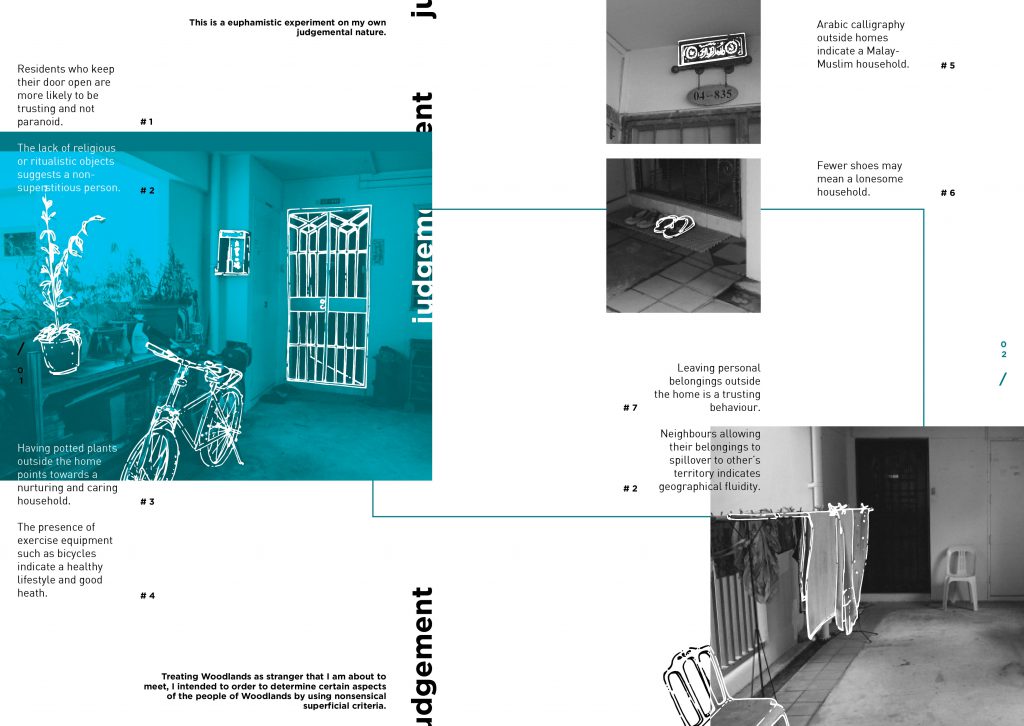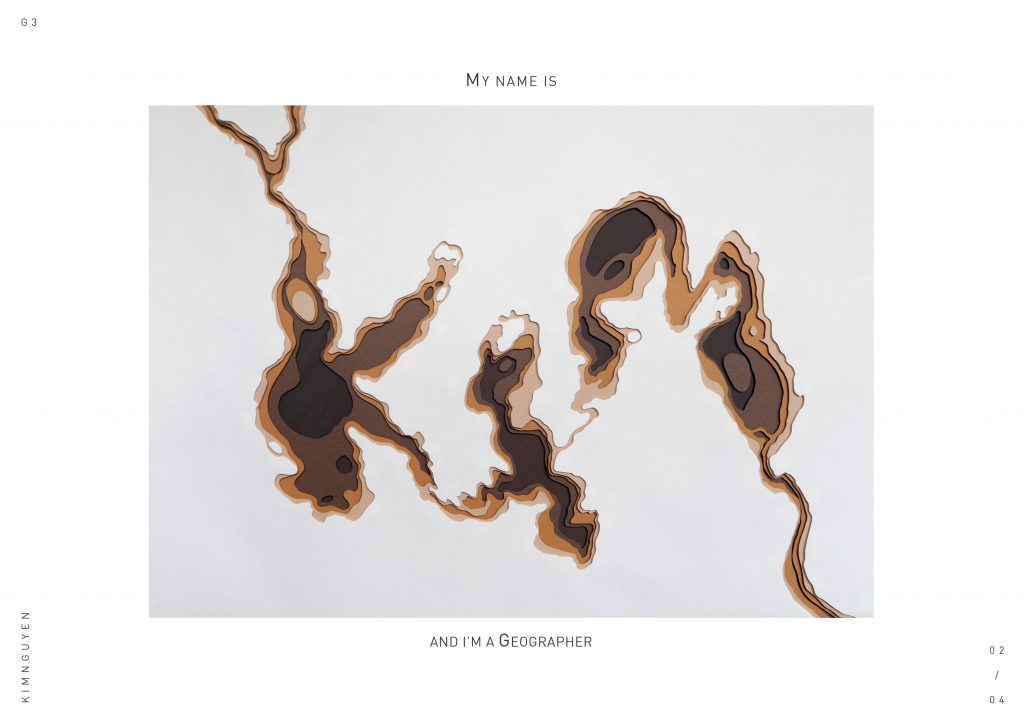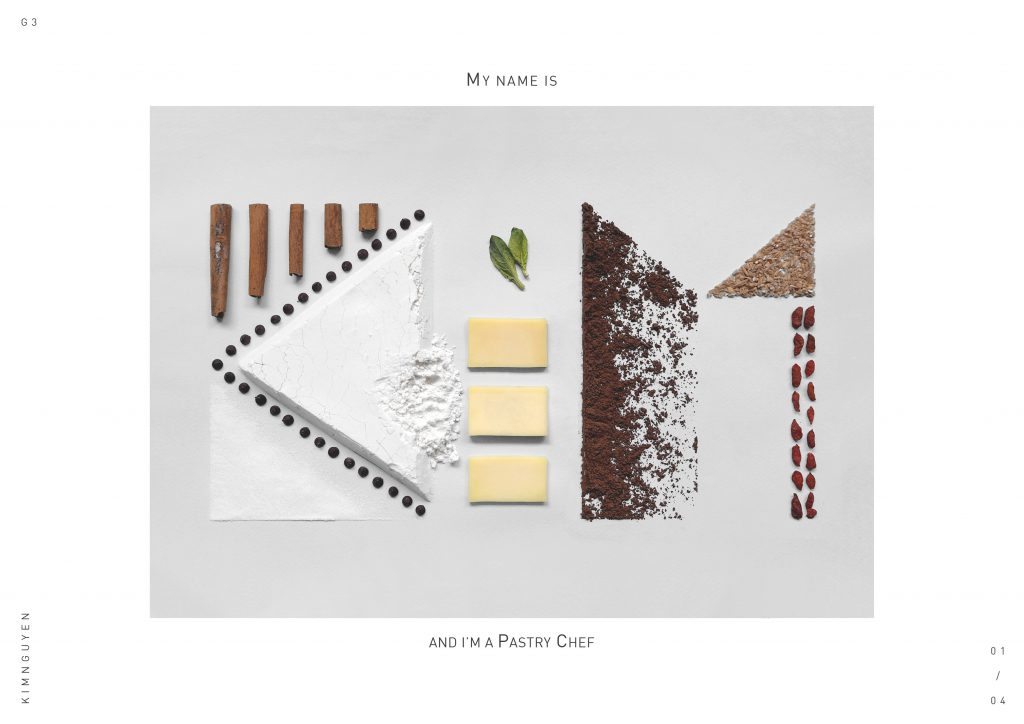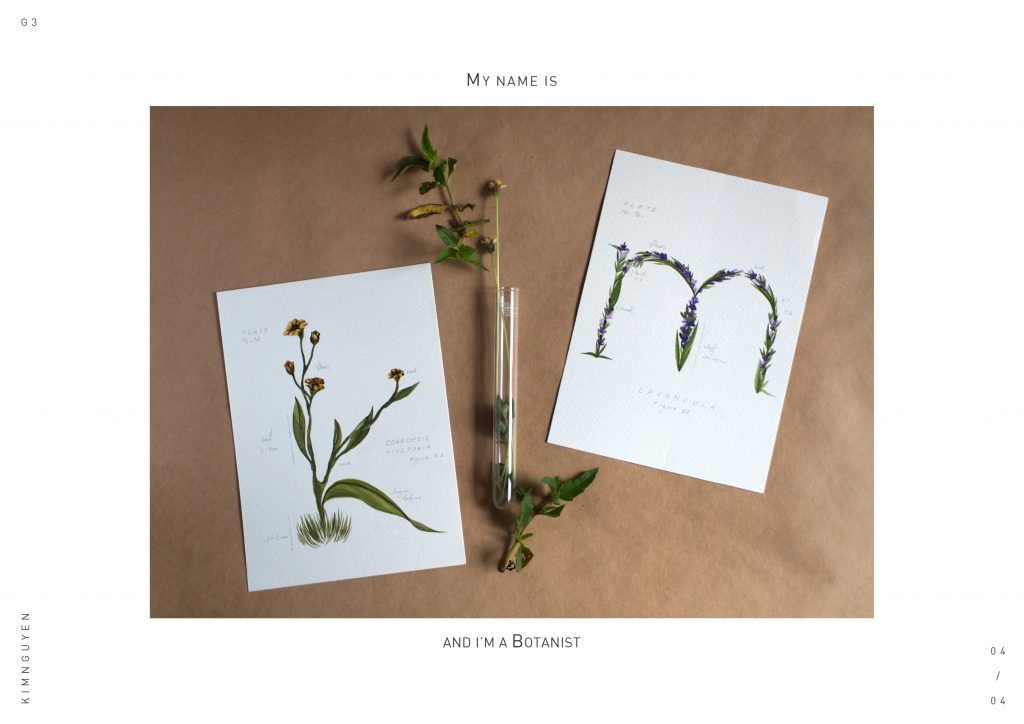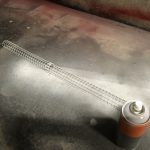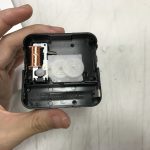Author: Kim Nguyen
Project 2: Research
Project 1 Hello World | Final
Design Concept
Eggs are versatile, endearing and comforting (and so am I?). This bento uses the metaphor of eggs to create an exposition for my curriculum vitae.
The simple, quiet exterior opens up to a sunny assortment of hey-are-those-eggs? The comforting and familiar egg is transformed into tactile blocky wooden toys – ones that you can take apart, stack, and spin. In crafting these toys, I drew on inspiration from children’s toys and mimicked the basic motor and analytical skills that the toys would foster. Through these toys, I aimed to recreate familiarity, childhood comfort, and wonder, qualities which I aim to inspire through my work and narratives.
Scotch Egg Recipe
1. Add finely chopped time management to sausage meat along with a good grating of “Why are there only 24 hours in a day“.
2. Give a good pinch of sea salt and kopi bing hot one, mix together, then divide into 8 balls. Season with:
Responsibility
Psychological ownership of responsibilities is a tenet of a good scotch egg. A strong sense of commitment is good motivation for making sure things are carried to completion, even when difficulties arise.Achievement
By nature, a delicious egg takes great pride in being efficient and productive. Its springy yolk bounces readily into challenging work and invests time and heart to produce top notch results.
The metaphor of the toys is then revealed through the cookbook – a collection of 8 different ways to cook an egg. Through witty copywriting, I extend the metaphor of the versatility of eggs into various aspects of my curriculum vitae. For example, the maze toy (poached egg) mimics the swirling motion required to make poached eggs and translates into my strategic thinking skills. The sunny core of the scotch egg translates into achievement and responsibility, core values that I hold near and dear. The stacking discs – my foundational education.
I hope this warm meal fills your tummy and leaves you hungry for more.
About
Kim Nguyen is an illustrator and designer who enjoys crafting stories and experiences. Through storytelling methods, she aims to facilitate culture by identifying common denominators in the human experience. She augments ordinary experiences by creating delightful metaphors in order to create spaces for conversations.
She hopes to use illustrative and visual storytelling approaches to deepen empathy through articulating difficult conversations and shared experiences. For example, it might be challenging to challenging to talk about difficult topics such as Why are you always late, or Why must I do this to graduate, but perhaps through silly metaphors we can gently open channels for reasoned discourse.
Project 1 Hello World | Process
Of Trying and Tiring – Documentation
Artist’s statement:
In this installation, the viewer is invited to witness the subjective mind-space as experienced by the artist during increasingly frequent depressive episodes. e embodiment of ‘the cold’ occupies and transforms the mind-space. e artist, trapped in her own madness and the suffocatingly sterile mind- space, seeks ‘the warm’.
Trying/failing.
Trying/tiring.It is here again.
The viewer, upon entering the work stands between two clocks. The one behind him runs as a normal clock runs. The one in front of him is reflected, as if in a mirror, and runs backward. The viewer understands that the reality presented before him is not reality as perceived by most. Instead, it is a warped and unapproachable reality that the viewer has been invited to (or accidentally stumbled on) witness.
This installation is representative of the artist’s mind-space when experiencing bouts of depressive episodes. This alternative ‘subjective’ space is delineated from the ‘objective real world’ by means of a reflected clock and the blue light emitting from the fluorescent lighting, which contrasts with the warm lighting that occupies the ‘objective real world’.
This blue light, shielded by a mesh guard is an embodiment of the depression, which the artist has come to refer to as The Cold. The Cold sits unobstructedly in the corner, but its presence is strong and acknowledged, enveloping the entire installation space (represented mind-space) in its influence.
The installation features a bedroom, devoid of all furniture but a mattress on the floor and a couple of pillows. On the empty bed rests a section of crocheting – an incomplete blanket. Disembodied hands rest on the crochet, crocheting hook frozen in one hand, yarn still twined around the hook. All is still, as if the occupant of those hands has left for good, or has gone off temporarily. The piece is left abandoned. The hands are tired.
The blanket is connected by yarn to smaller pieces of crochet on the wall – uneven, unshapely, ugly pieces that are the unsuccessful attempts of the artist in her attempt to create the blanket – unsuccessful attempts in creating comfort in defense of The Cold. The artist attempts to create Warmth in a battle against The Cold but is faced with her own failures paraded on the wall like trophies. She is unable to put her own failures behind her, or see past these failed attempts, which suggests a cyclical pattern in the depression she experiences. Sad, therefore creates comfort, but fails, therefore sad, therefore creates comfort…so on and so forth.
This piece is about trying and failing and trying and tiring.
Kim Nguyen_Zine
Kim Nguyen_Que Sera
Of trying and tiring: Soundscape
Originally, I wanted to have a performative video piece of myself engaging in a slow process of crocheting the blanket to accompany the installation. However, as the installation came to develop, I realized that I had too many wall-hanging elements and that adding another video onto the wall. Therefore, I needed an intangible element that could add on to the work.
Then, I ventured into sound. And this was when I was fully about to concretise the concept of the installation into a streamlined idea –
This soundscape is a sonic representation of the artist’s struggle with panic/anxiety/depressive episodes. Recently the artist has been having more of these episodes due to various reasons. Each occurrence is terrifying and debilitating and crippling, leaving the artist exhausted and fearing when the next episode would attack.
The soundscape begins with a chilling atmosphere, with whirring sounds. Melodic sequences are then layered upon the consistent whirring. These melodic sequences are unstructured, in order to evoke uncomfortable/ anxious feelings within the viewer. The viewer then understands that the work is sinister in nature. The melodies then continue in fragments, eventually building to a segment where “33 music boxes play at once”. This is the most turbulent part of the soundscape, representing the highest point of fucked uppery that the artist feels. (Feels like there is nothing worth living for/there is no happiness in the world at these moments). Eventually, this segment ends. The storm is over. This is signified by bird song, which give off a more positive vibe. However, the underlying sinister whirring sounds that were repeated throughout the soundscape continue throughout the birdsong, signifying that the underlying illness is still present, that it is never completely gone.
Of trying and tiring: Visual elements
Creating comfort; comfort blankets
As it was important to me that the idea of ‘creating comfort’ for oneself be portrayed in the installation, I wanted the hand-make a comfort object, as opposed to simply finding a suitable one and buying it. I found some simple instructions on how to crochet a blanket here:
It seemed very manageable.
The original plans were to crochet a full-sized blanket to place in the installation. However, due to time and money constraints only a baby-sized blanket/adult sized shawl was possible. Which actually doesn’t matter too much as it does not take away from the idea of ‘creating comfort’ for the self.
It was also important to me that the idea of ‘failing’ be portrayed in the work as well, because in trying, things are not always smooth sailing and things are not always beautiful.


Altering space
In continuation of the last film, wanted to extend the idea of altering space and perceptions of a space through altering the lighting of the space. Continuing the play on blue light, I altered existing light fixtures by taping blue cellophane over the bulbs to create the blue light.

Trying out different modes of lighting and evaluating the shape of the lighting fixtures, I found that a lamp like the one above gives off a more ‘homely’ feeling, which marks it as a homely and safe object.
However, as I wanted the blue light to embody the element of a foreign, dangerous object, I used a different light instead.

I also played with the placement of the light. Above, I placed it in one corner of the space. Below, it is placed horizontally on the wall. When placed like it is below, it seems more as if the light belongs in the space like all ceiling lights do, rather than above, where it sits in a corner – removed from its natural environment (on the ceiling), and therefore can better act as an ‘object of danger’.
I also wanted to put the idea of danger across more strongly, and so thought of creating an accessory that could go onto the light to imply its dangerous nature.
Usually, dangerous objects are kept out of reach, and usually, there is a barrier between said dangerous object and the person so to ensure the safety of the user. As such, borrowing this idea of a safety barrier, I decided to create a metal netting around the light to imply its dangerous nature.

Further altering space
In order to further imply the idea of an alternative space, I thought of ways to imply the other-worldliness of the blue space. In particular, I was quite keen on the idea of playing with time as an element and using physical clocks to imply this idea. As such, I bought IKEA clocks to see how I could use both clocks to imply different spaces.
I thought of the idea of altering time – either slowing down time or reversing time to portray this idea of ‘other worldliness’. At first, the idea of slowing down time seemed the most fitting, as I wanted to convey an idea of a sluggish mindstate and an inertia associated with sadness and loneliness. However, I realized that this was not impactful enough and that there is some difficulty in portraying a duality between ‘real world’ and ‘subjective world’ – if one clock were to run slower, it would run so slow that the time would be completely out of sync with the other clock and the presence of two contrasting times would confuse the viewer and might lead the viewer to interpret the installation inaccurately (different time zones? weak battery in one clock?)
As such, I wanted both clocks to portray the same time, except that one is mirrored to the other in order to convey the idea of an alternative, reflect world – another dimension – a subject headspace inaccessible by most.


It is quite easy to reverse the clock. Usually, there is a ferrous core in the inside that just needs to be flipped in order for the mechanism to switch. Just gotta keep track of the gears and where they go.

Implying presence
To really tie it back the idea of ‘subjective space’ as perceived by a human being, I felt that elements of human presence must be implied. First, I thought of stuffing the comforter to imply a human presence under the comforter.
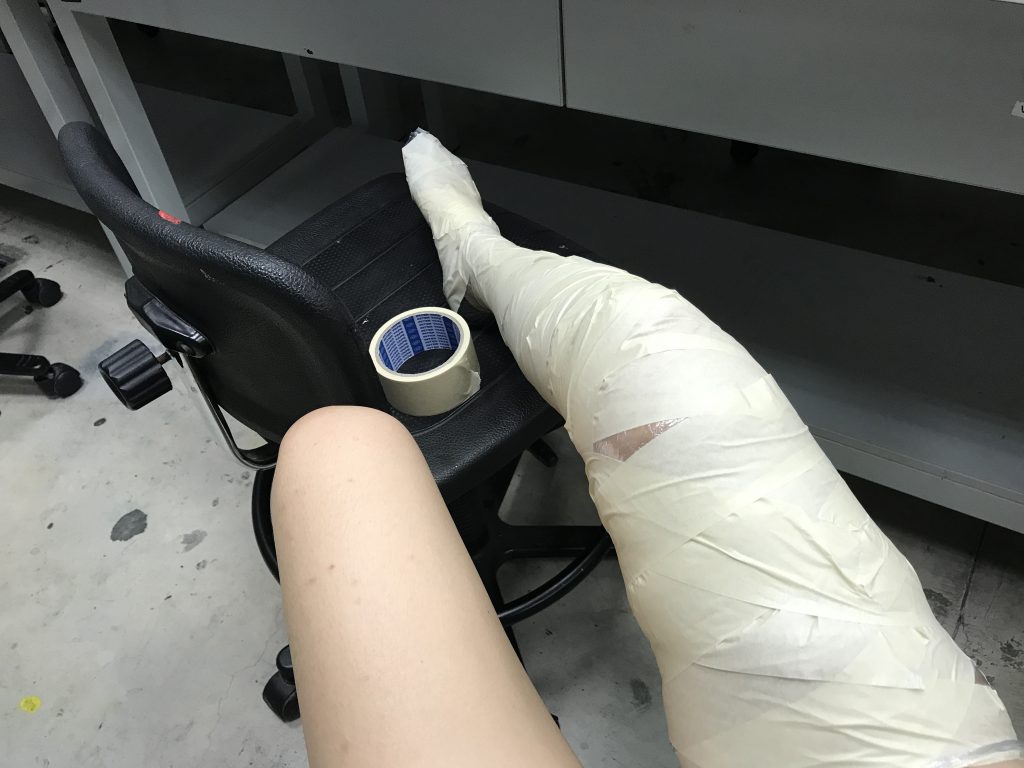

It was a good idea at first, but I realized that the shape of the limbs did not show very well. The only way to really imply their shape was to really tuck the blanket under the legs. But that created a lot of creases in the blanket, which made the set up look very haphazard and distracting.
Instead, I thought of implying presence in a different way instead – creating positive space rather than creating an invisible negative space.
Casting hollow hands with plaster bandages.
This was the original placement I wanted to have the hands be placed in. However, I realized that the position of the left hand is very passive, which makes it look kind of floppy and dead. As such, I casted a second hand to be placed in a more active position of holding the piece of crocheting.


Setting up – before lights
